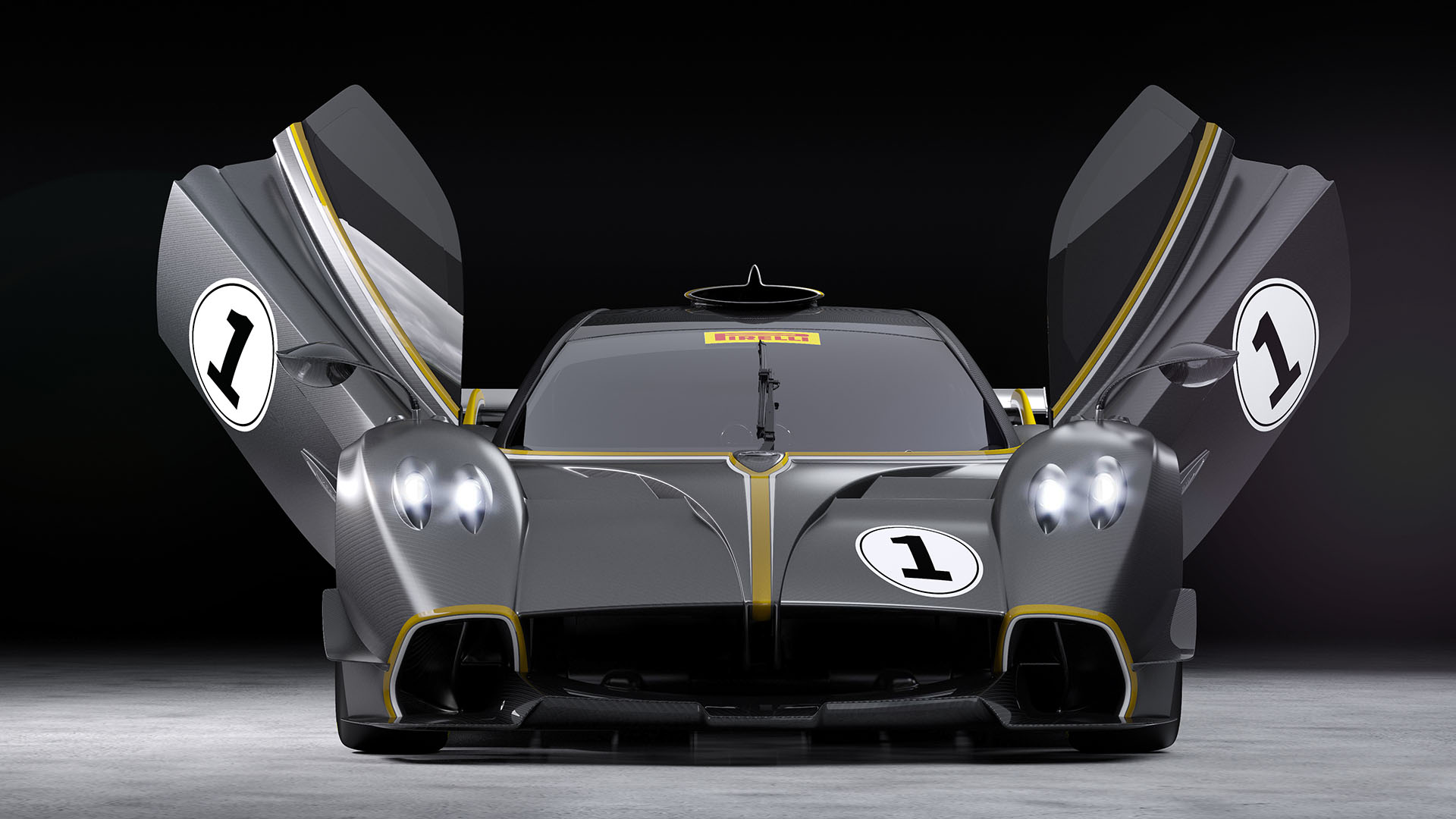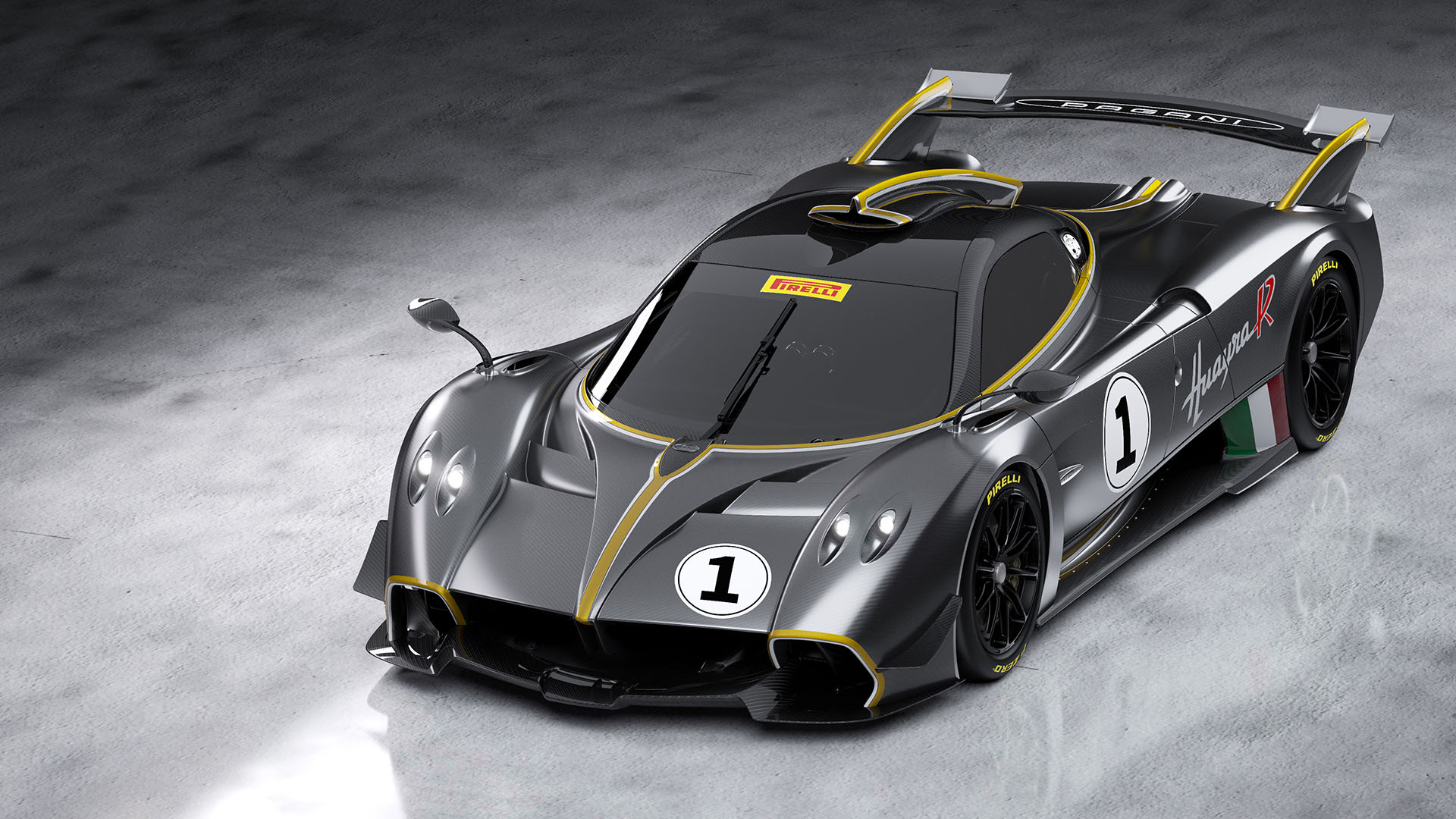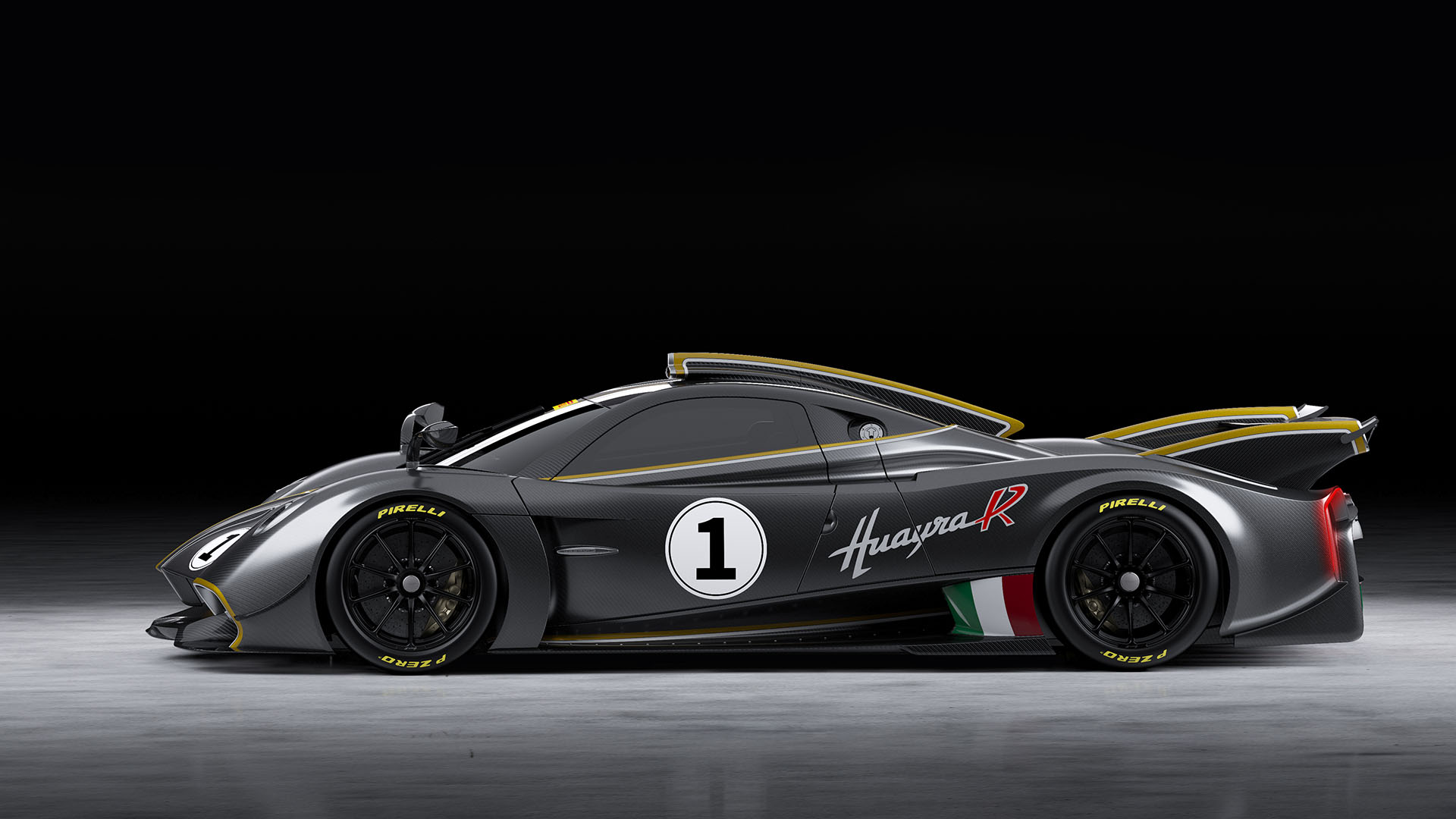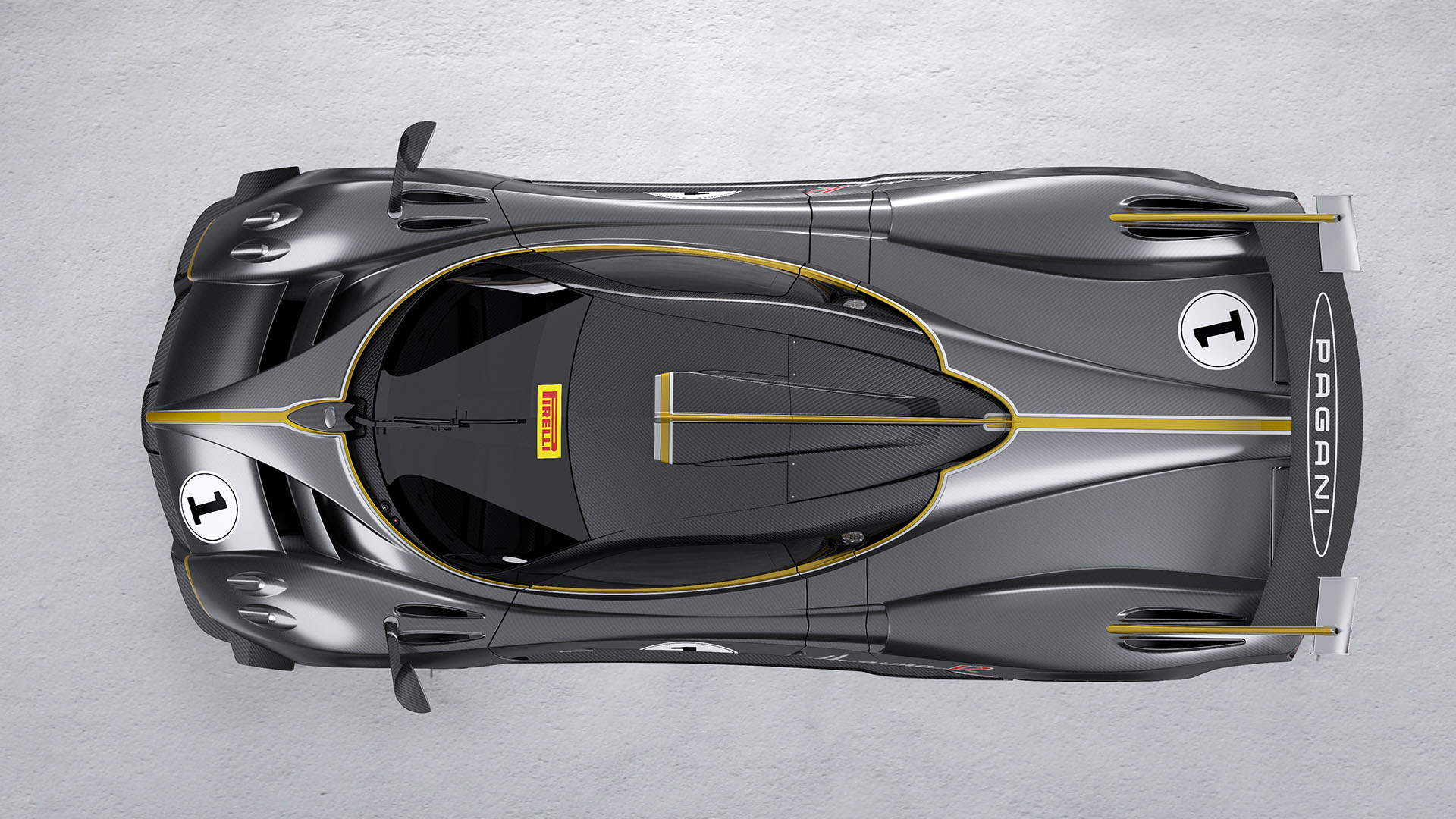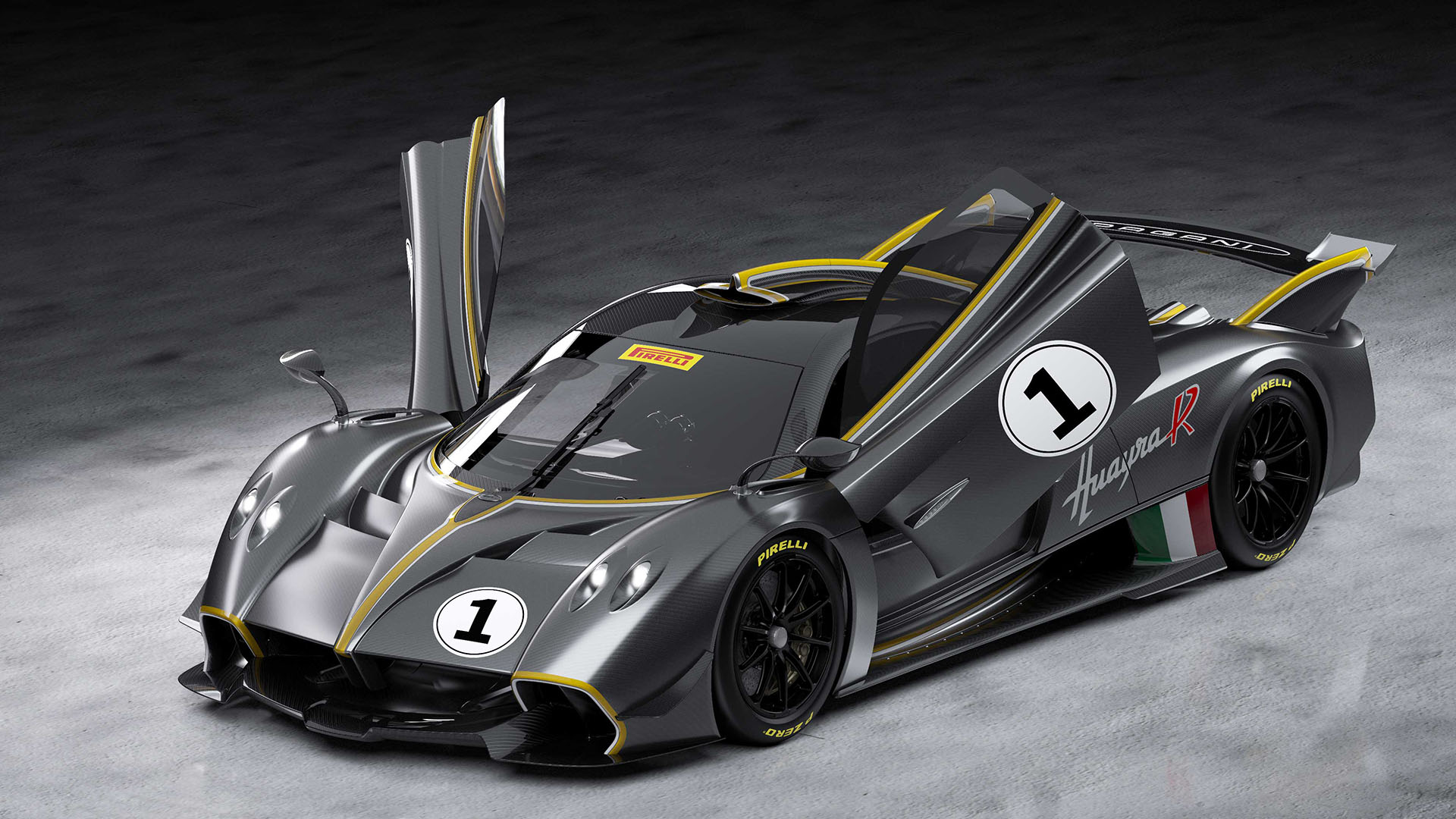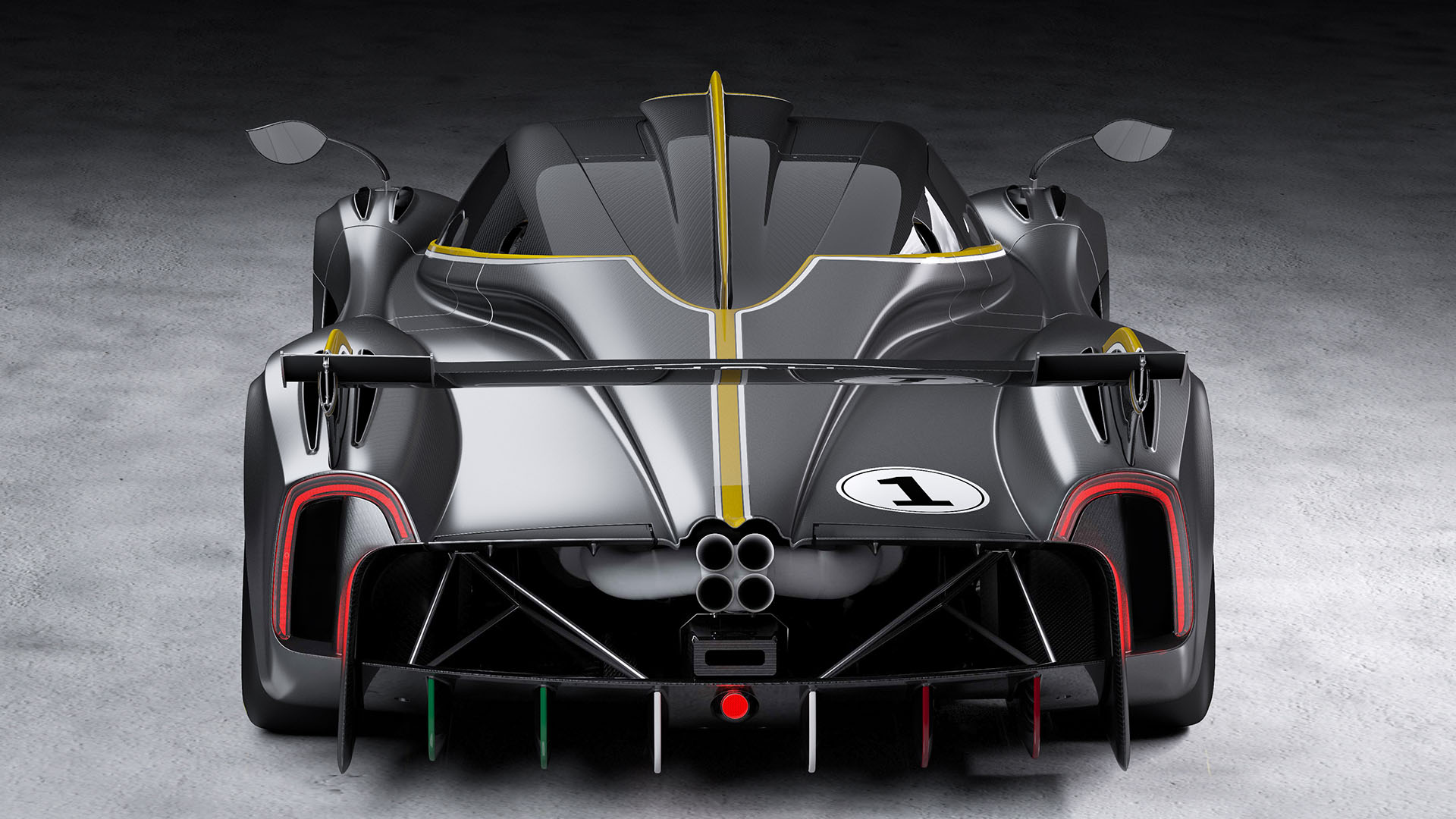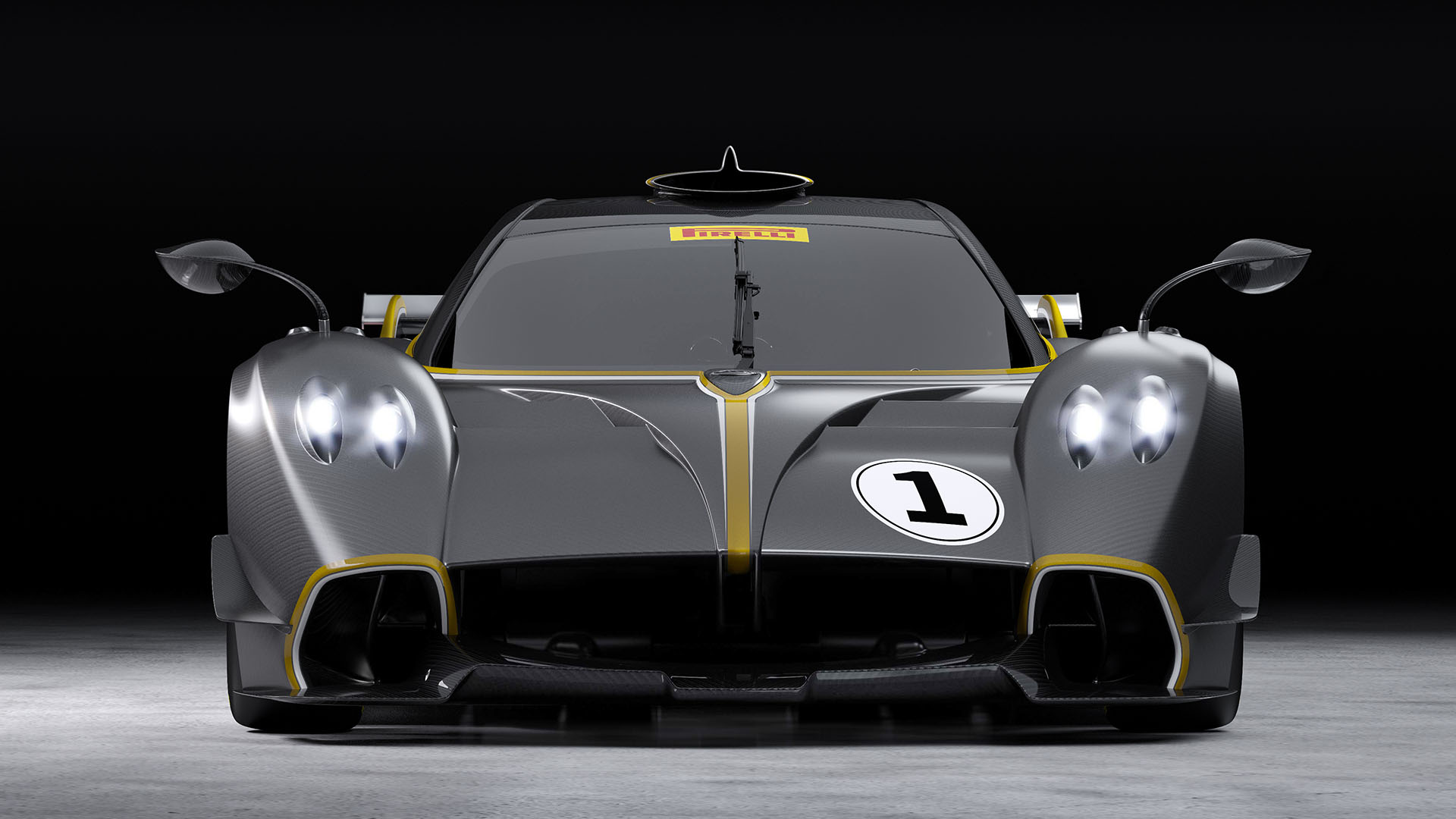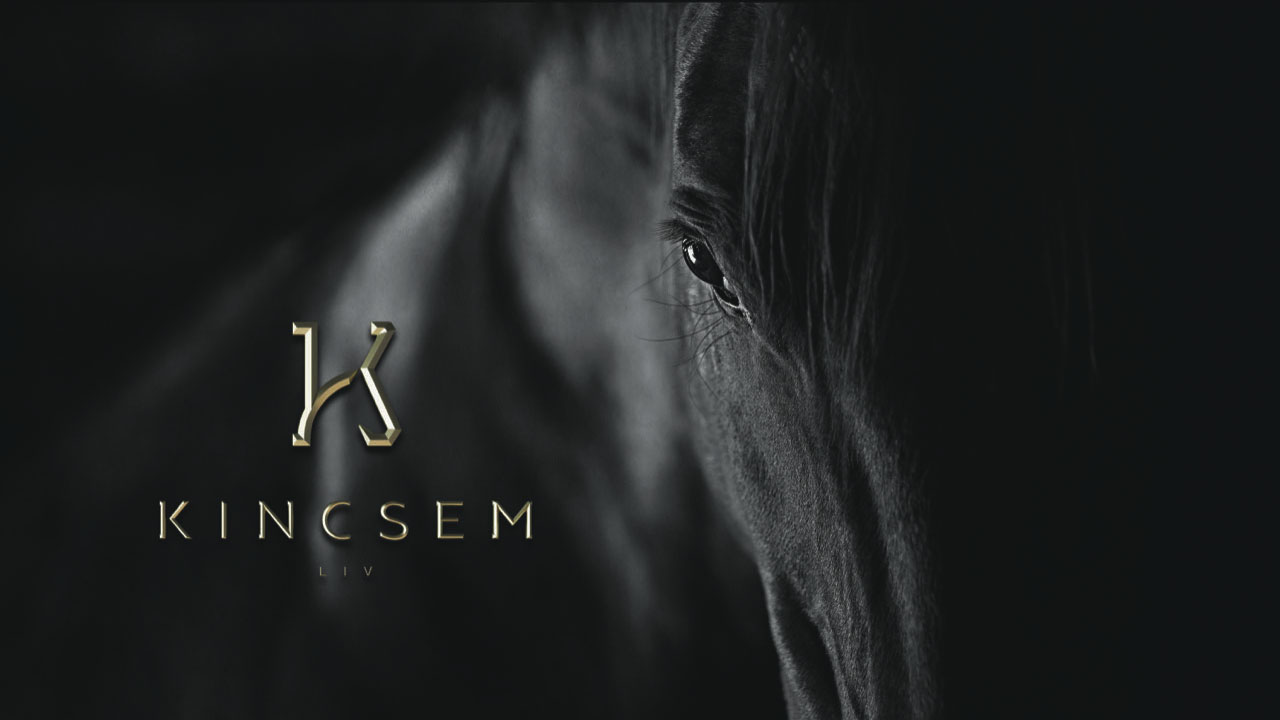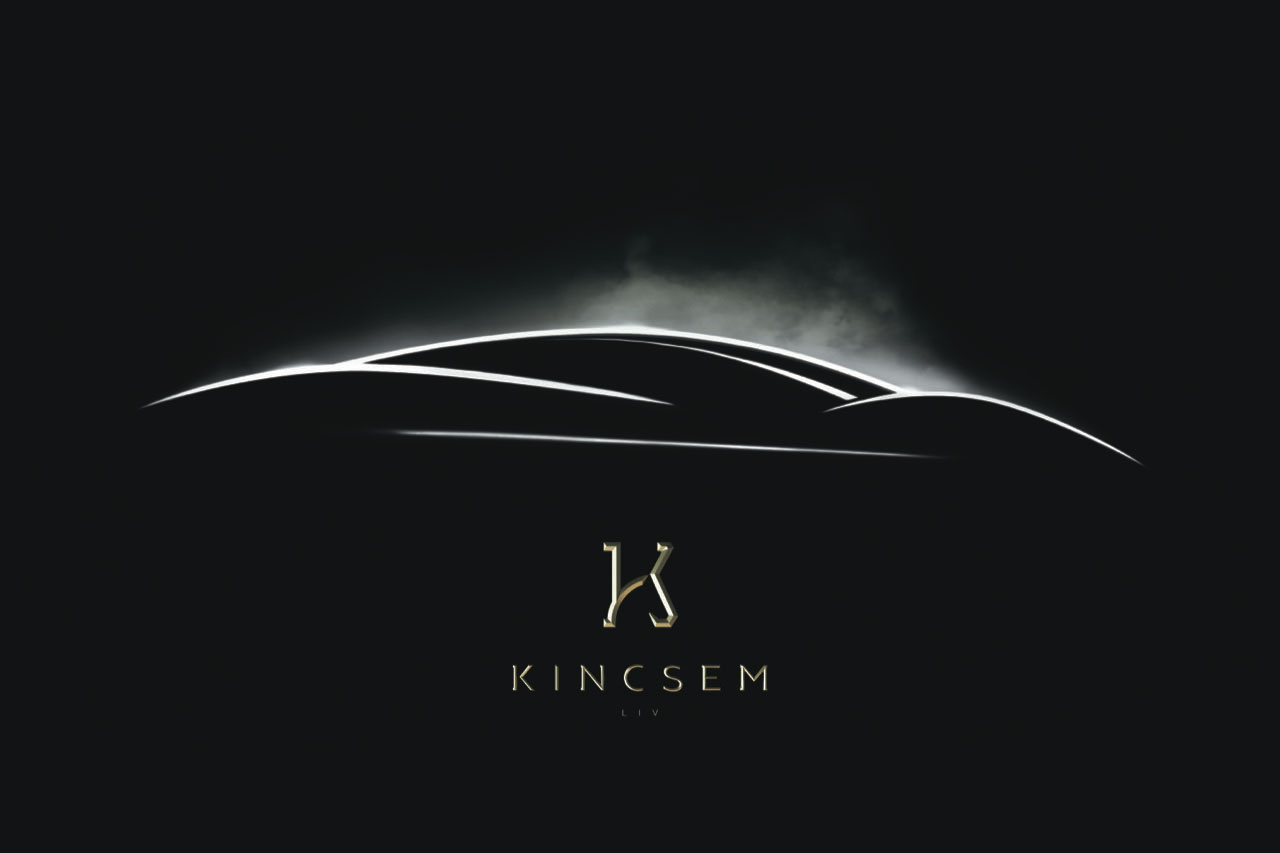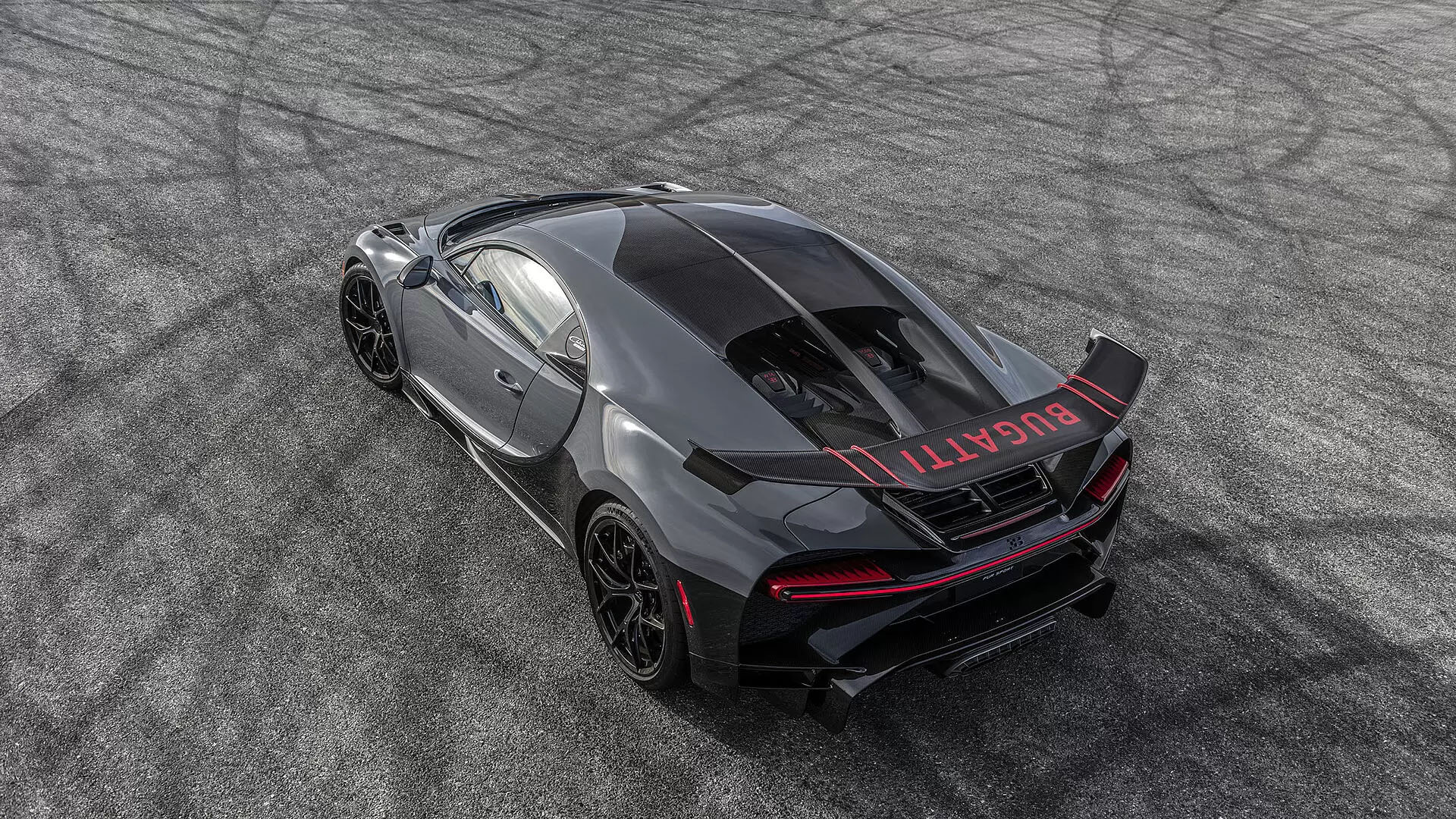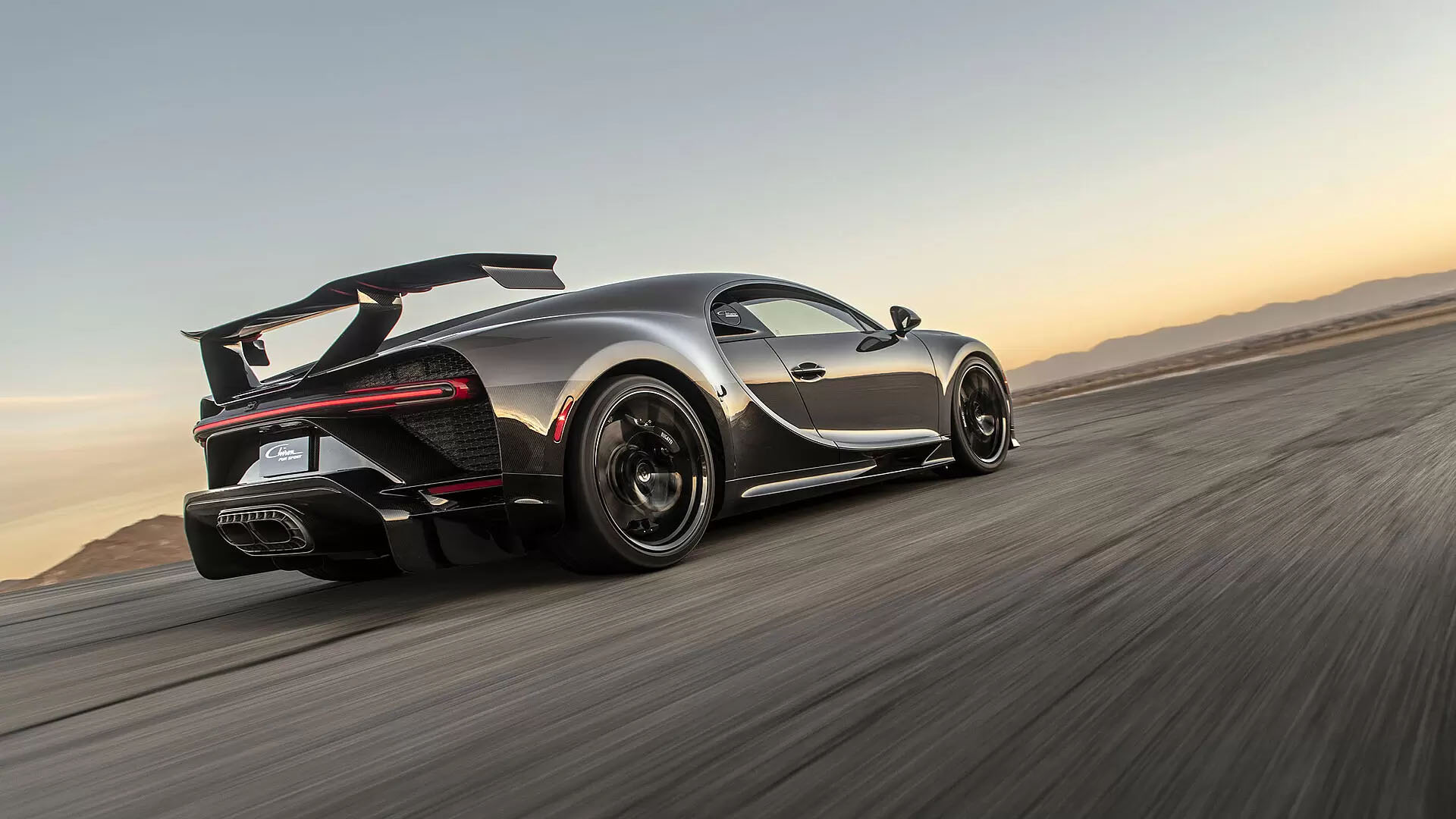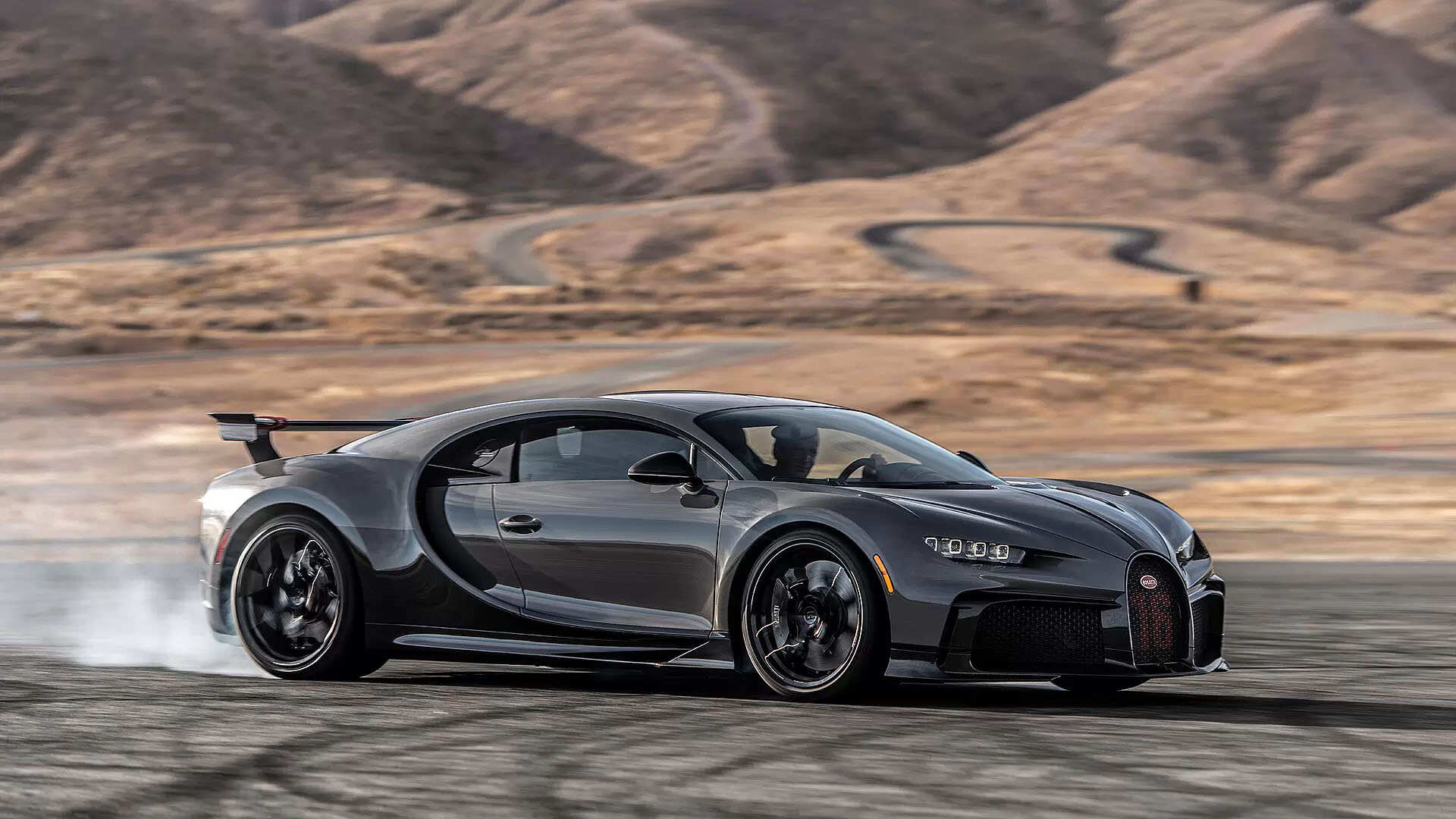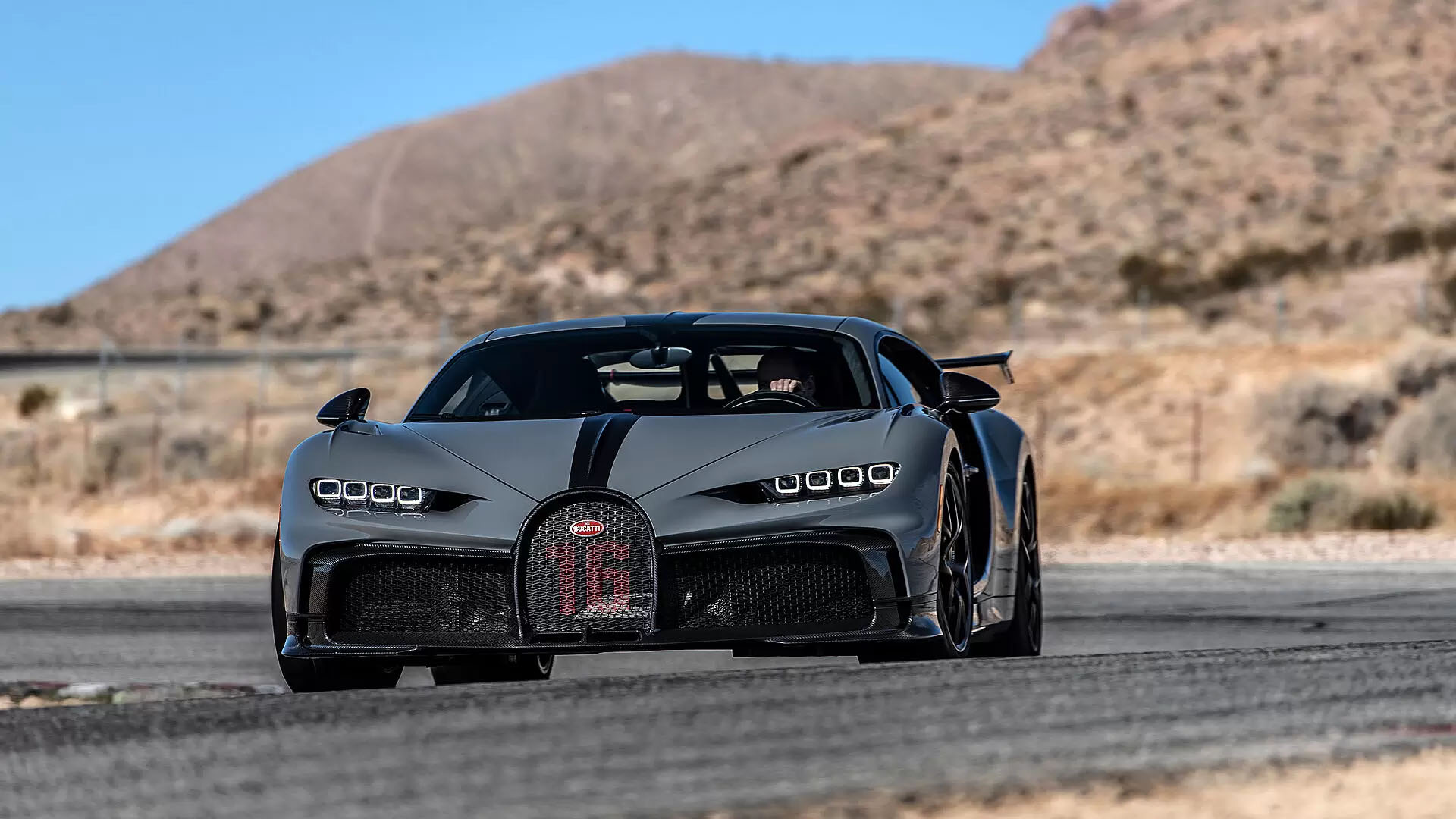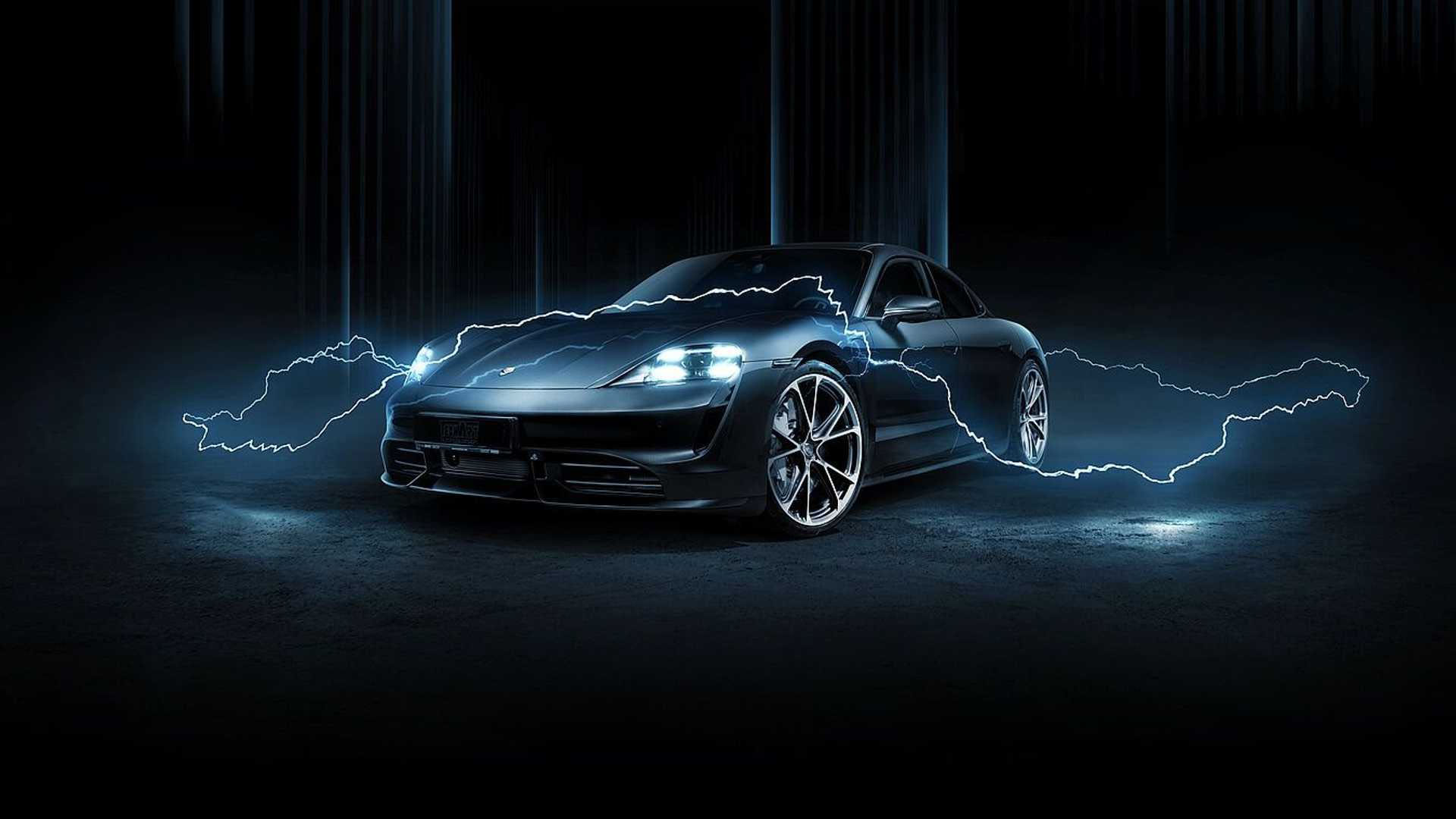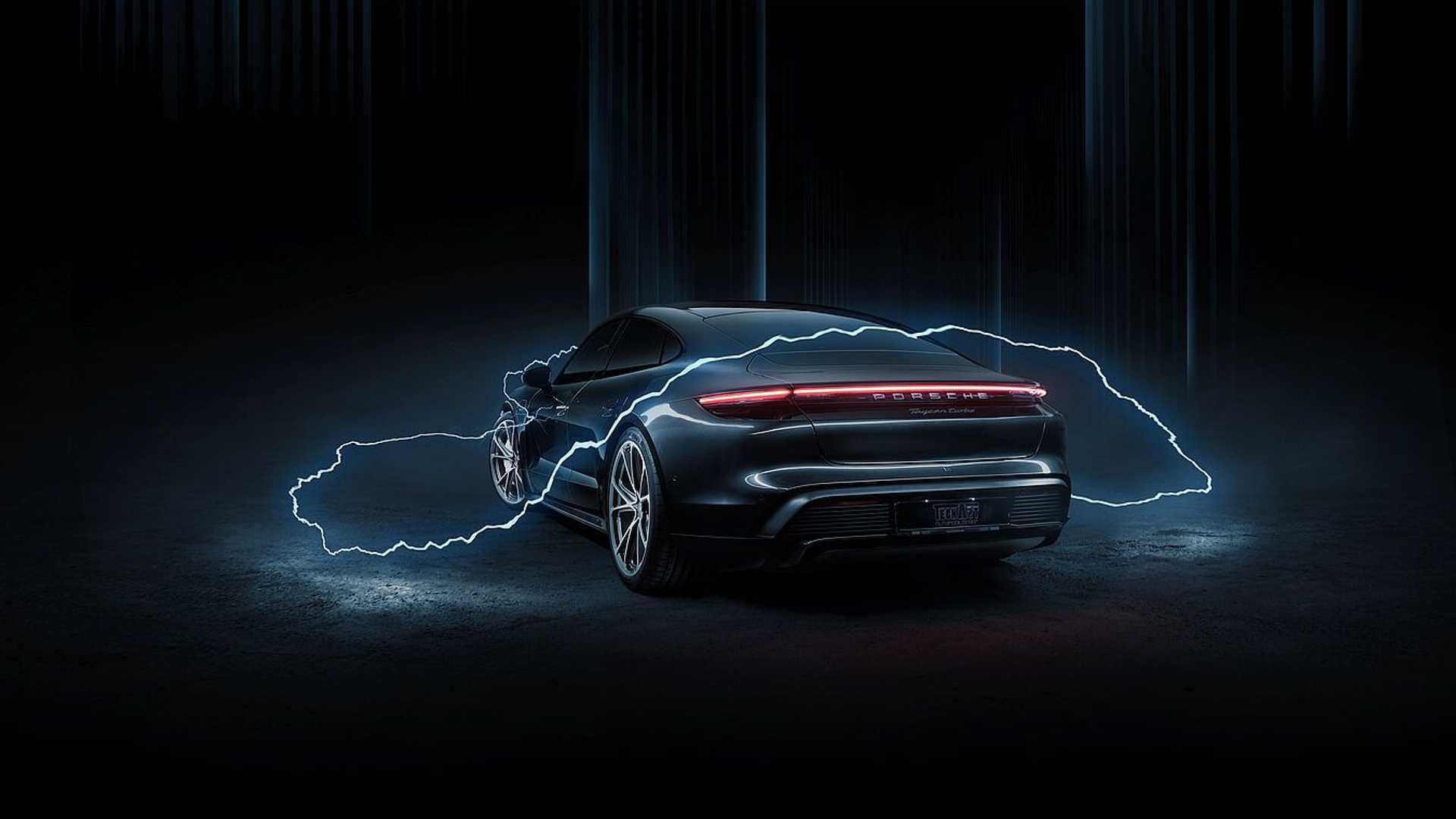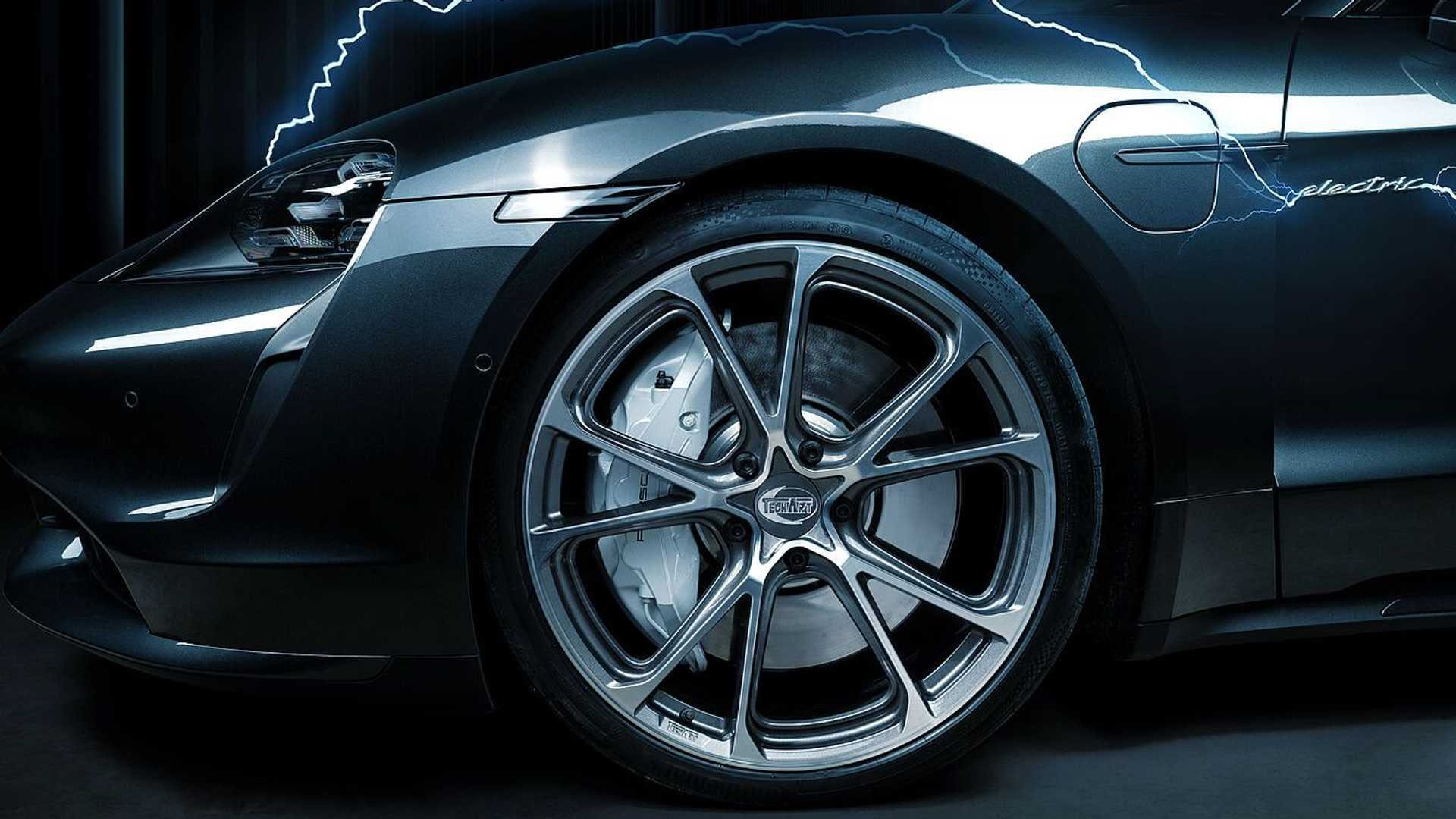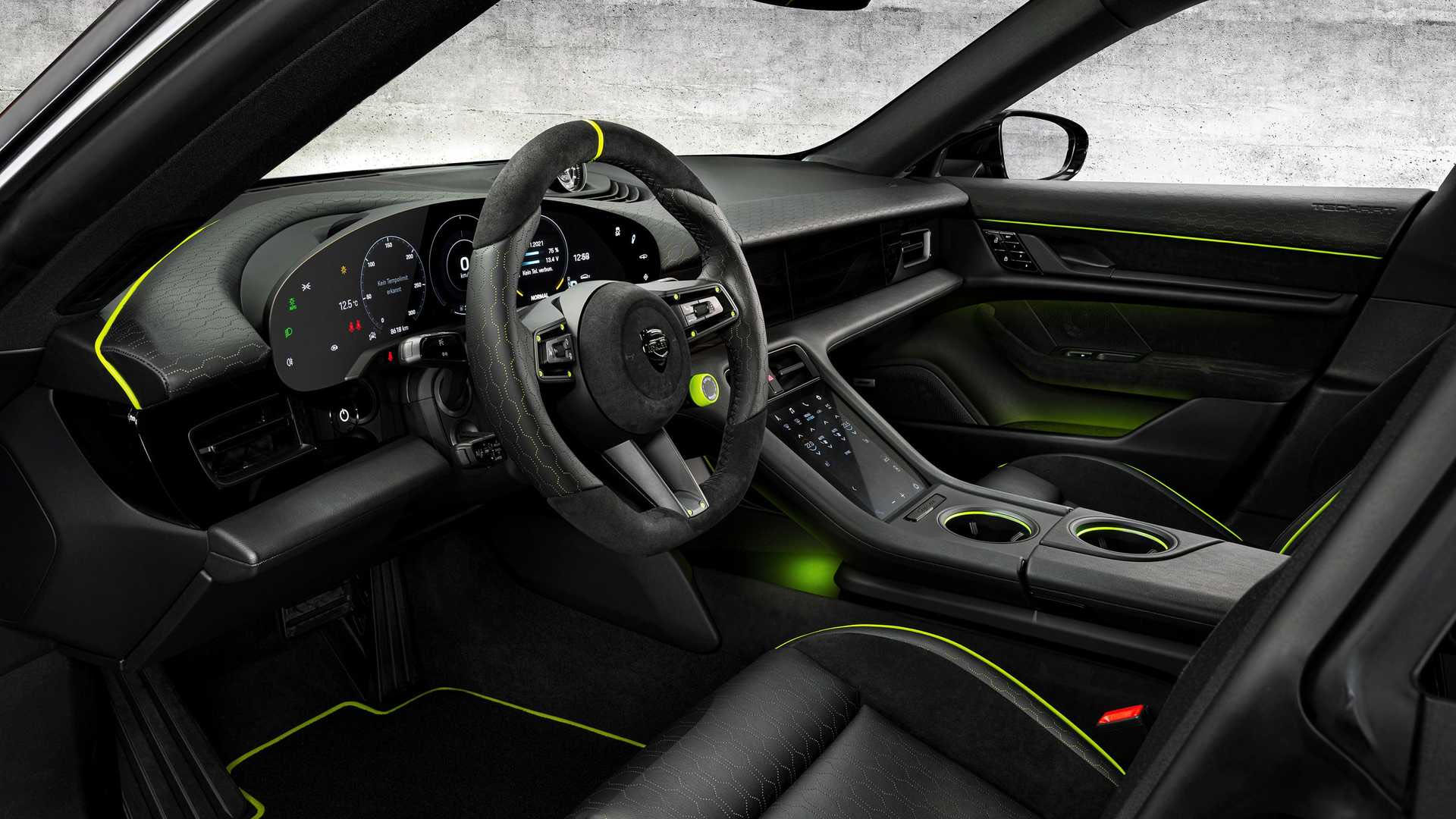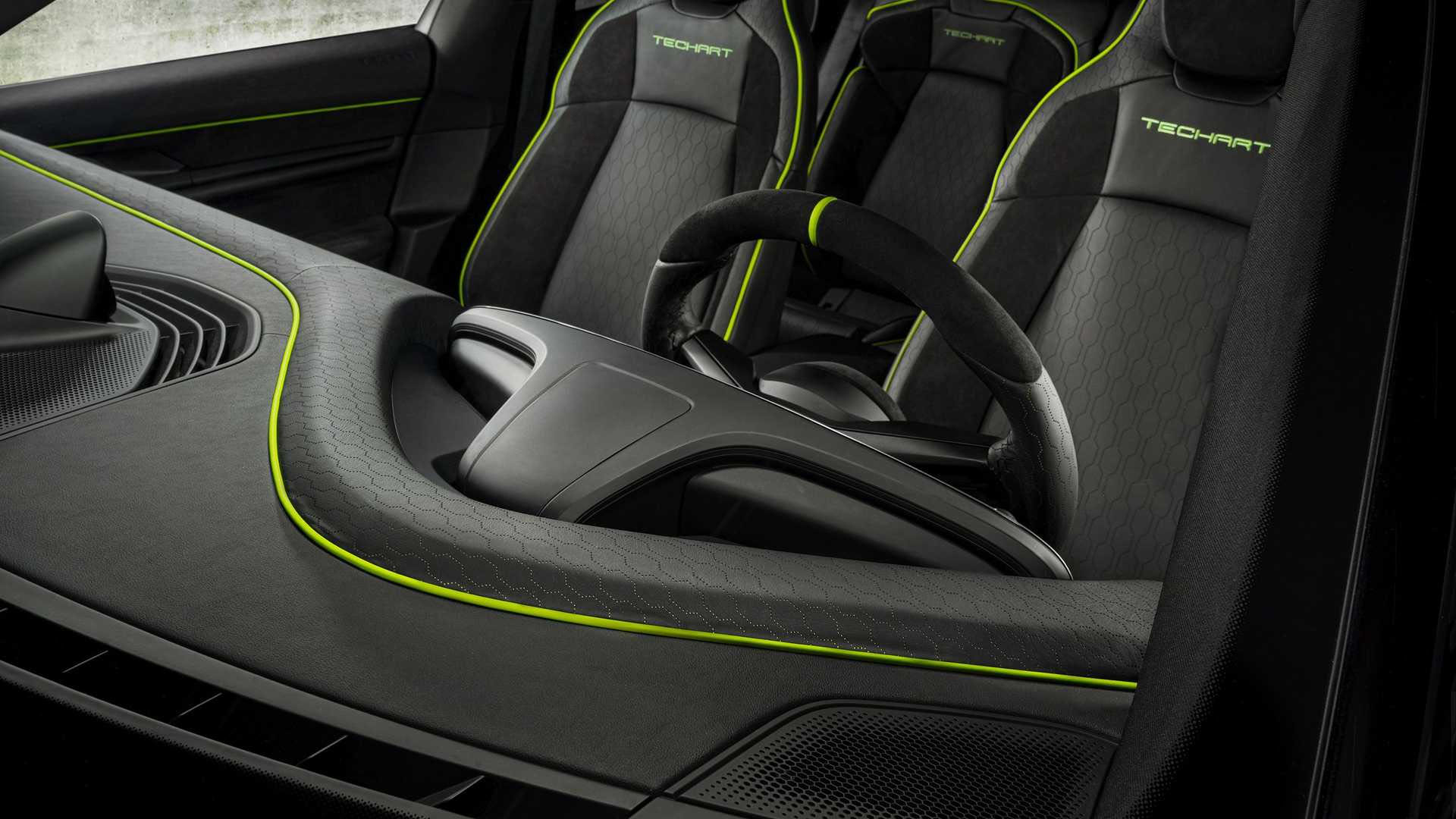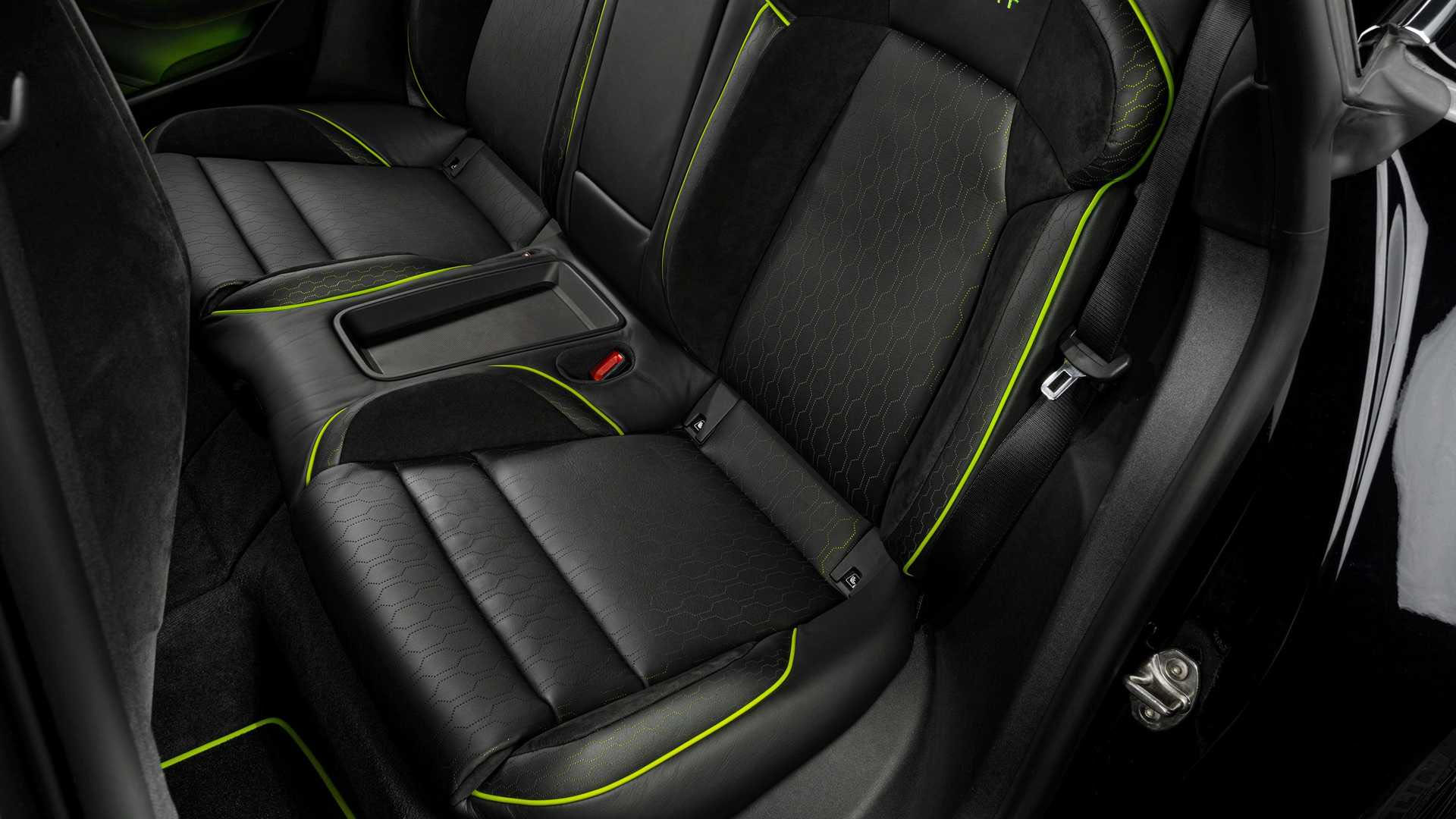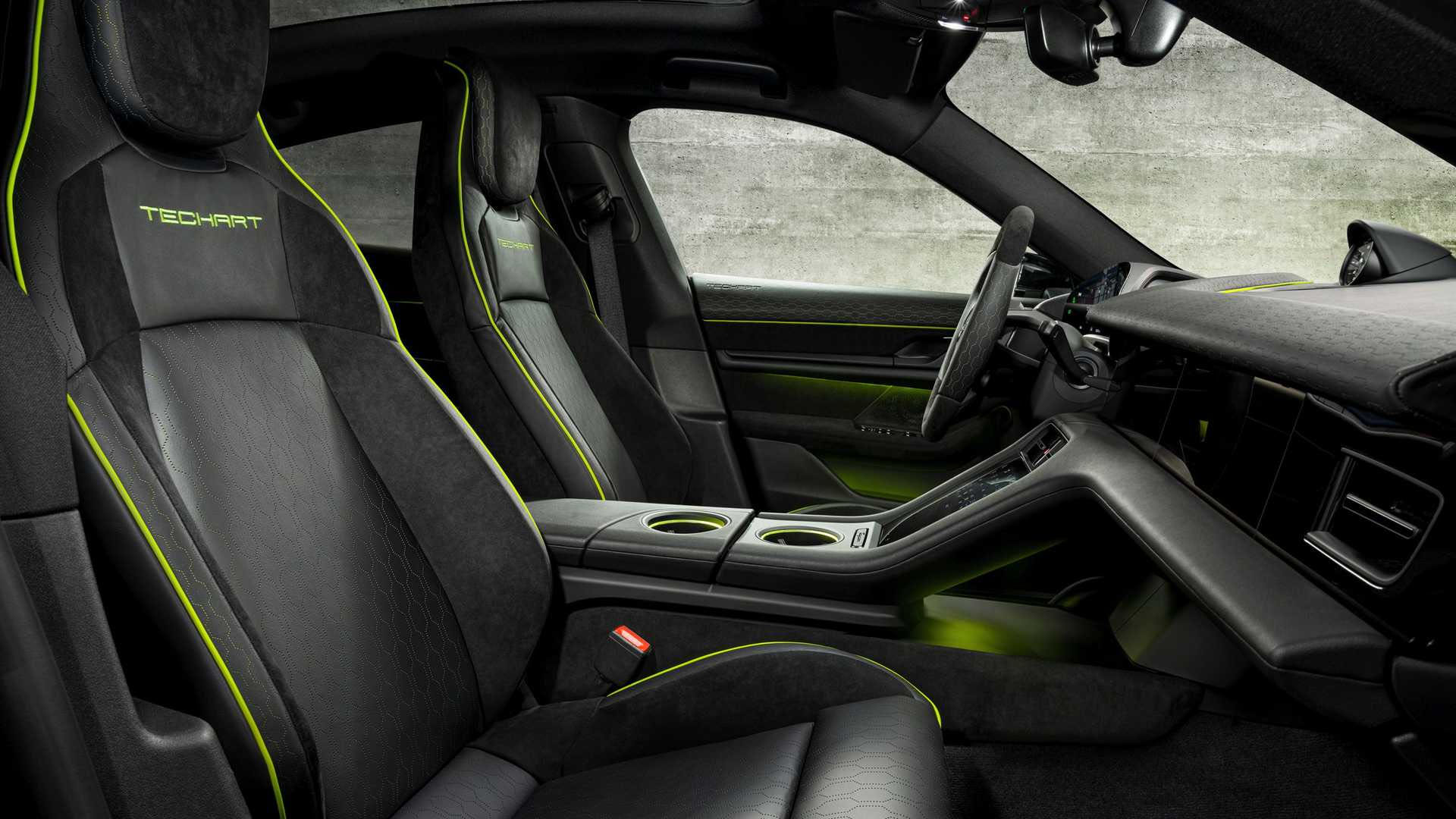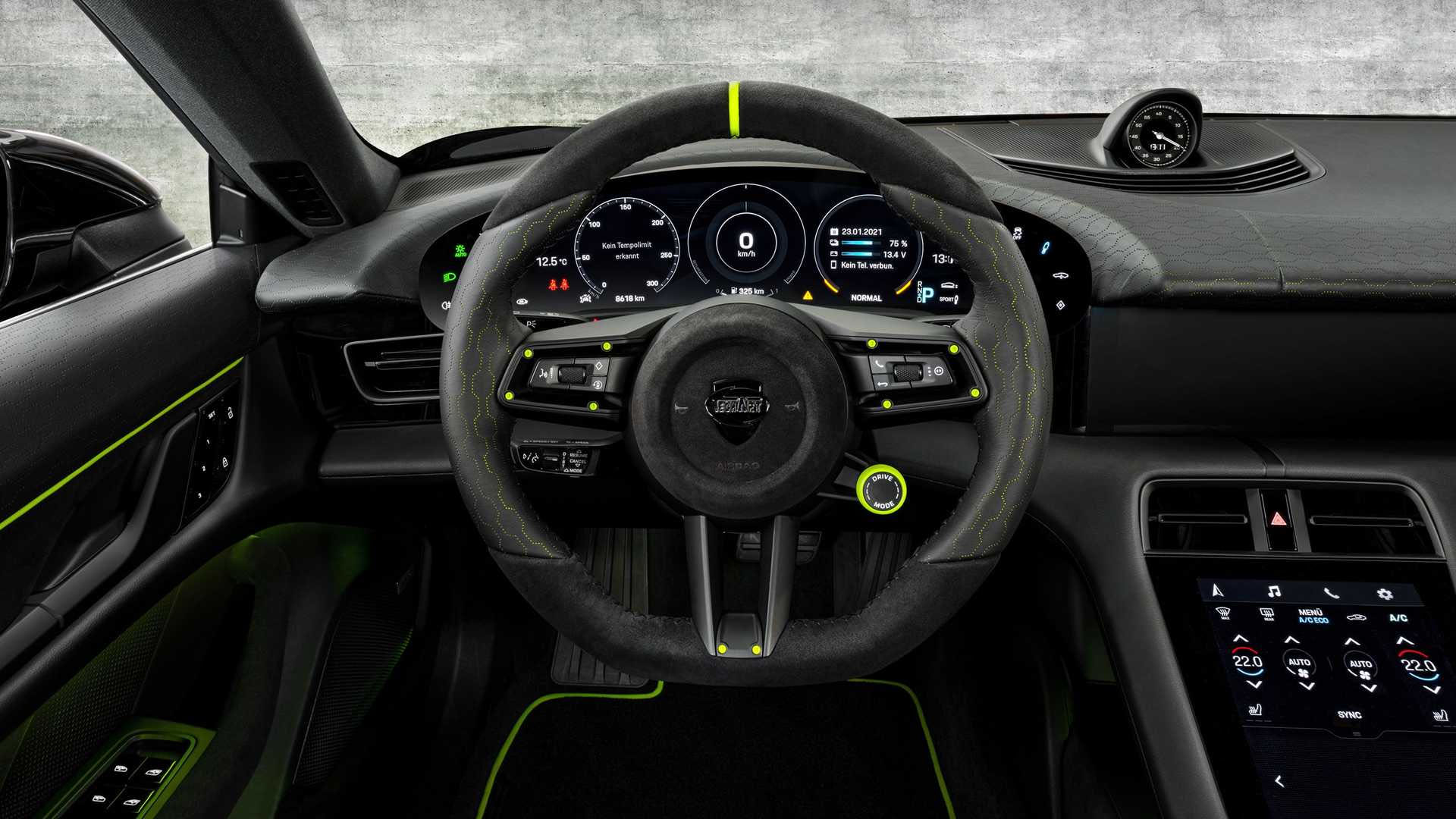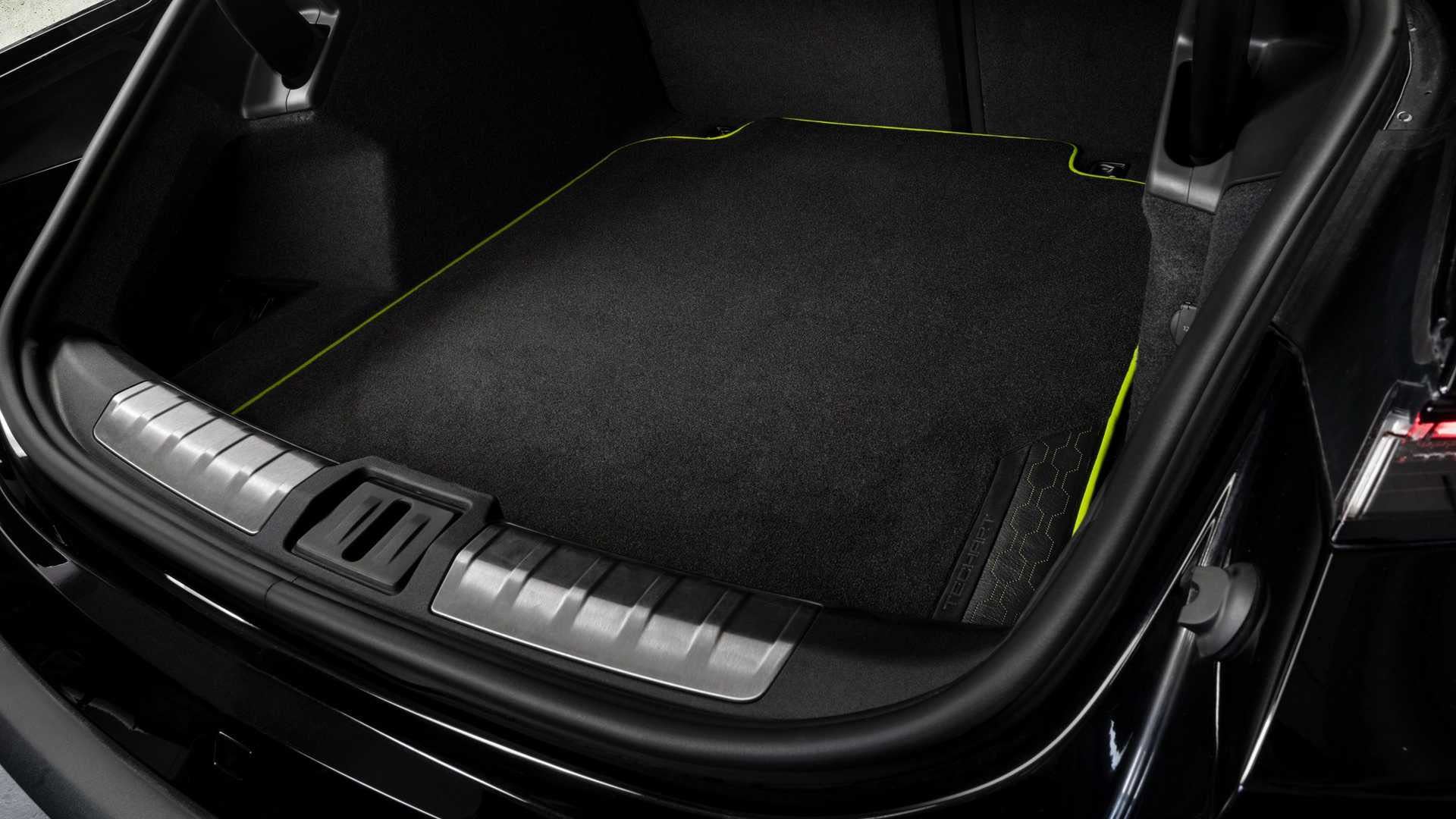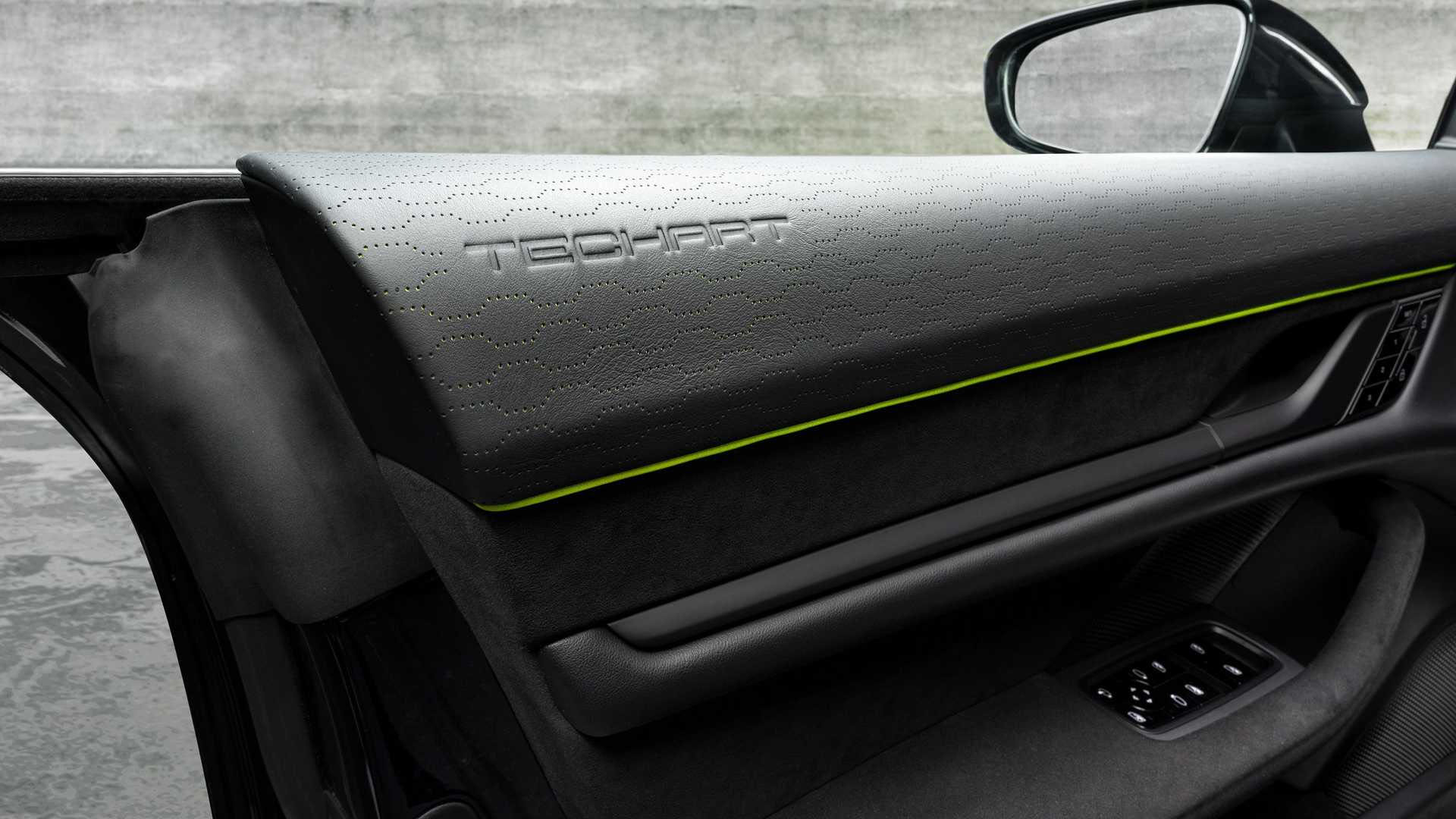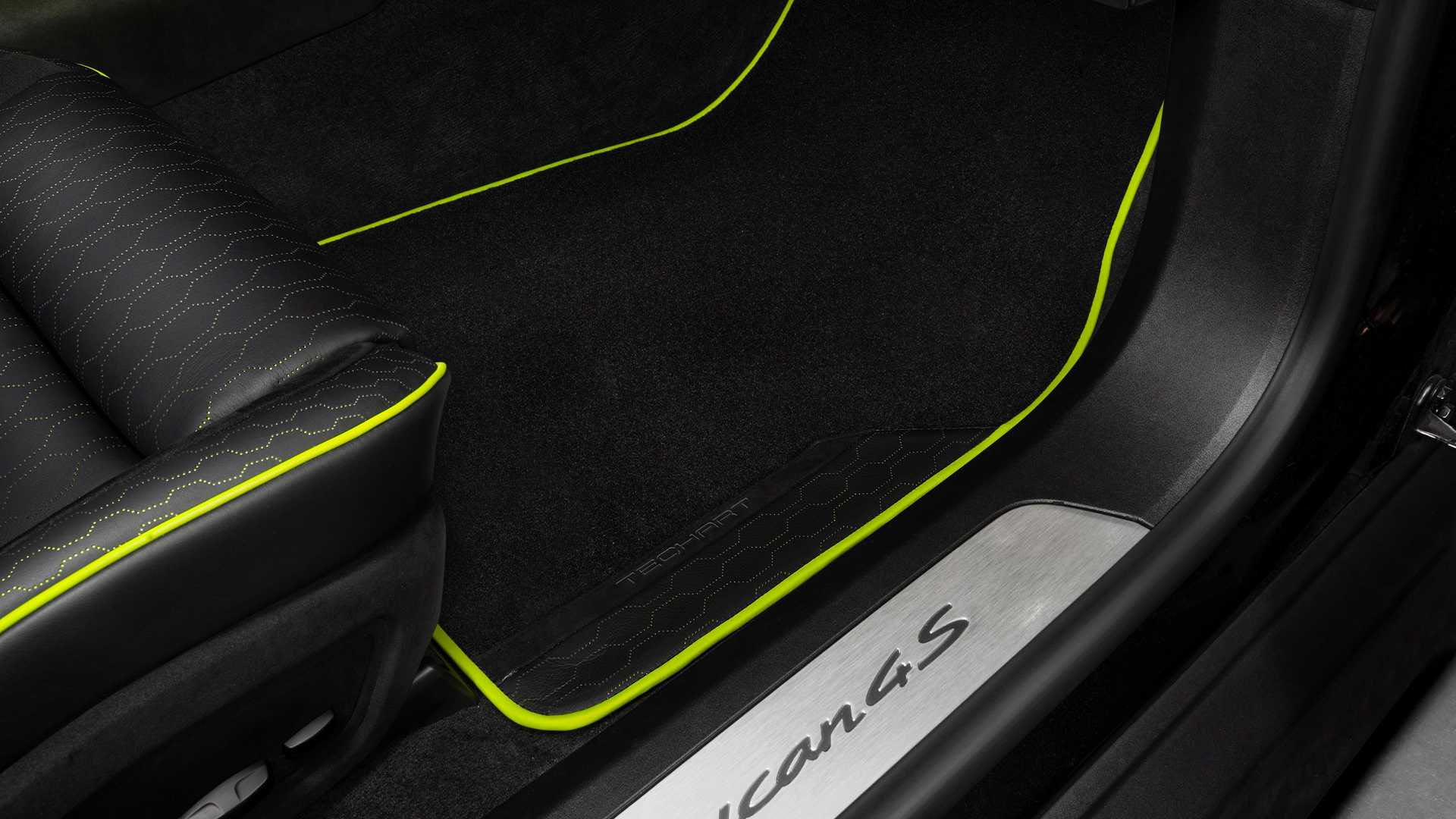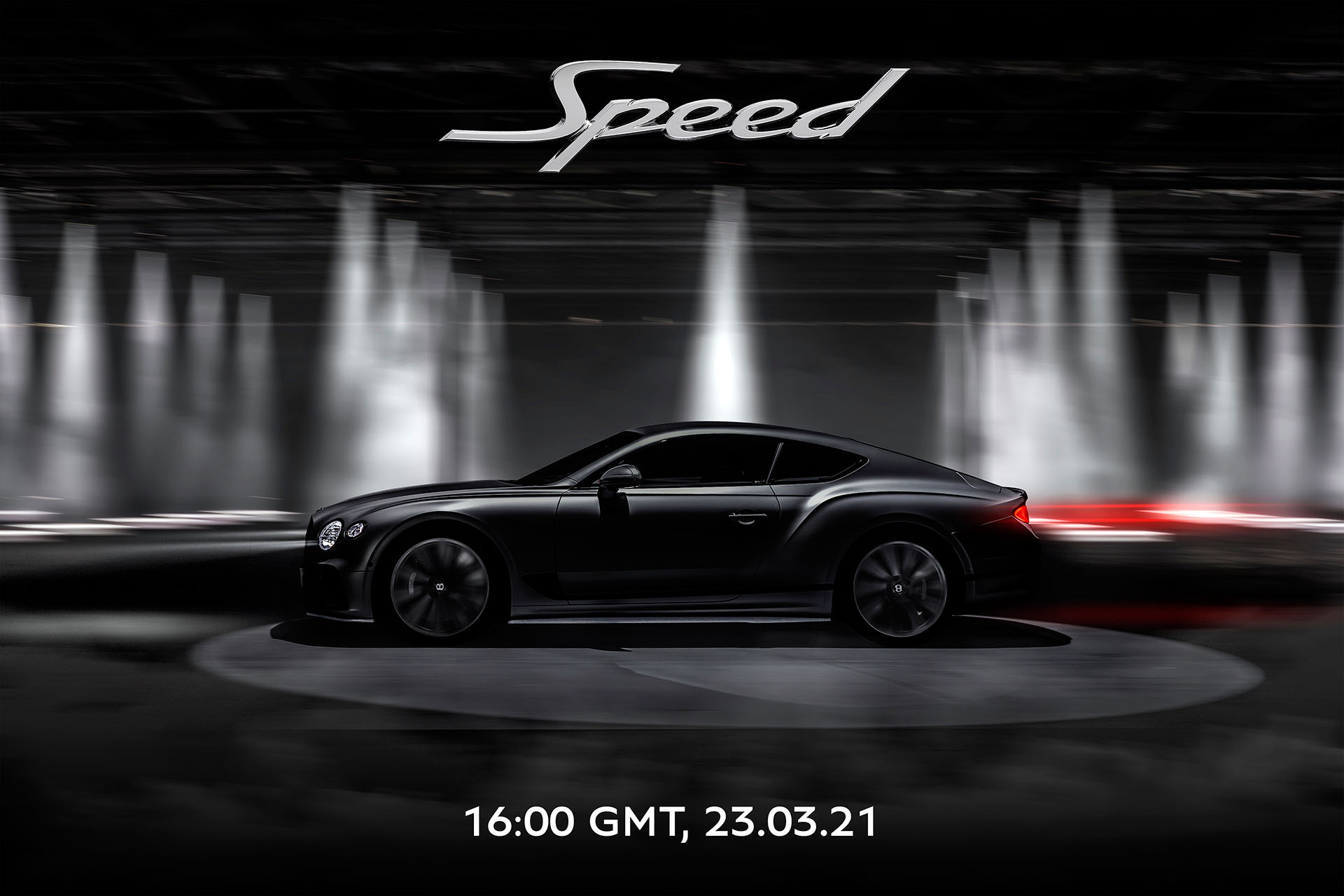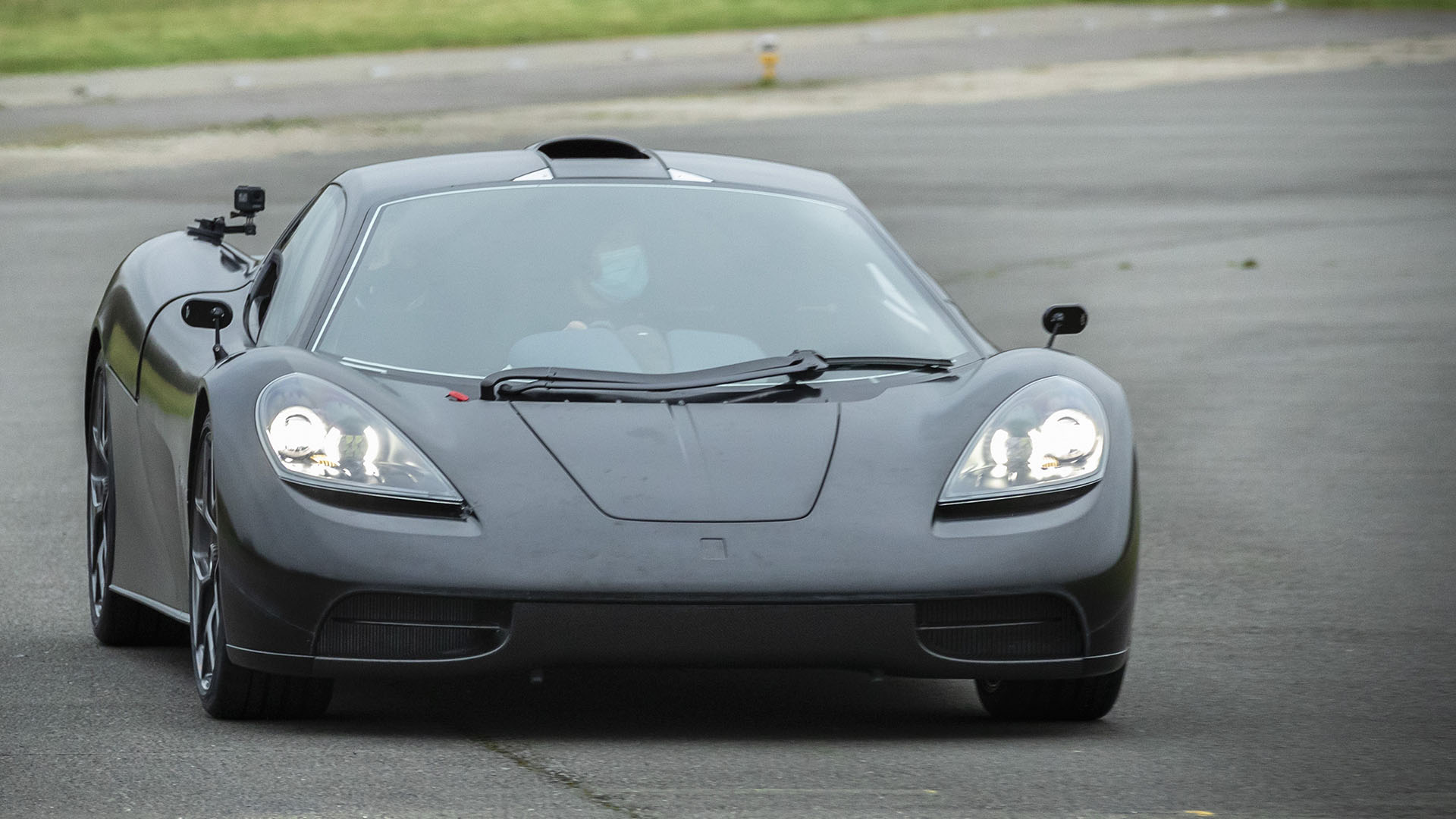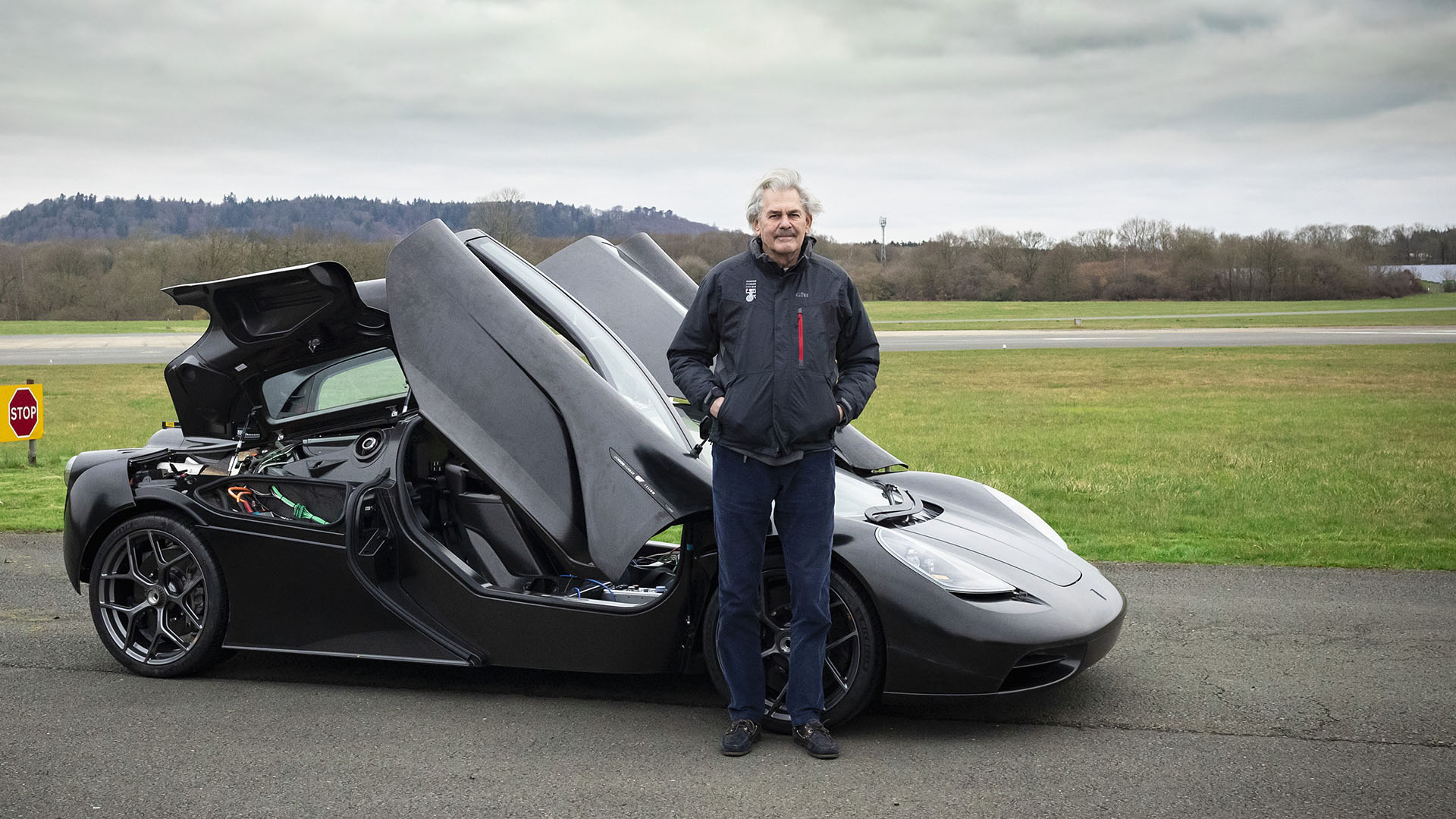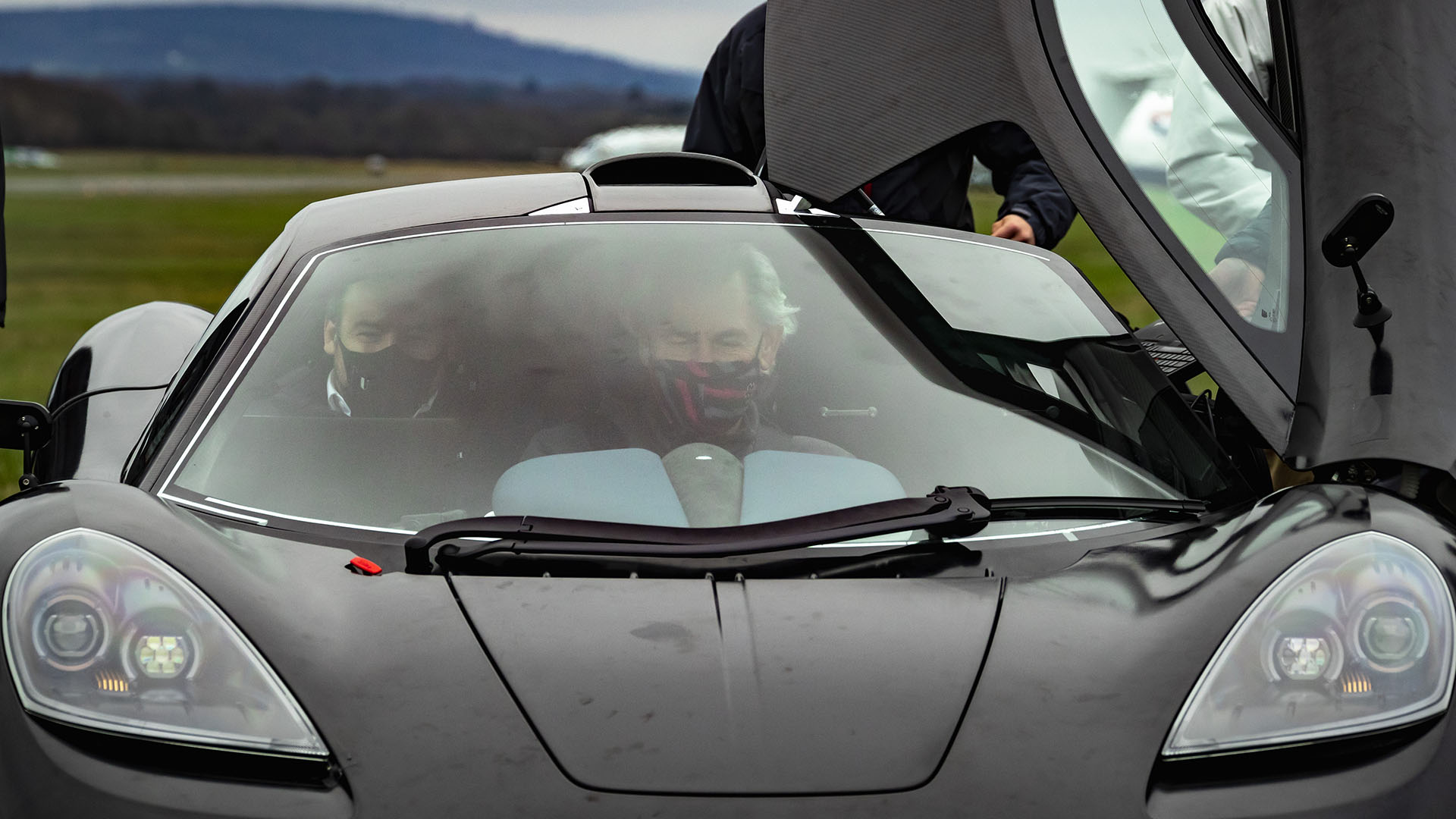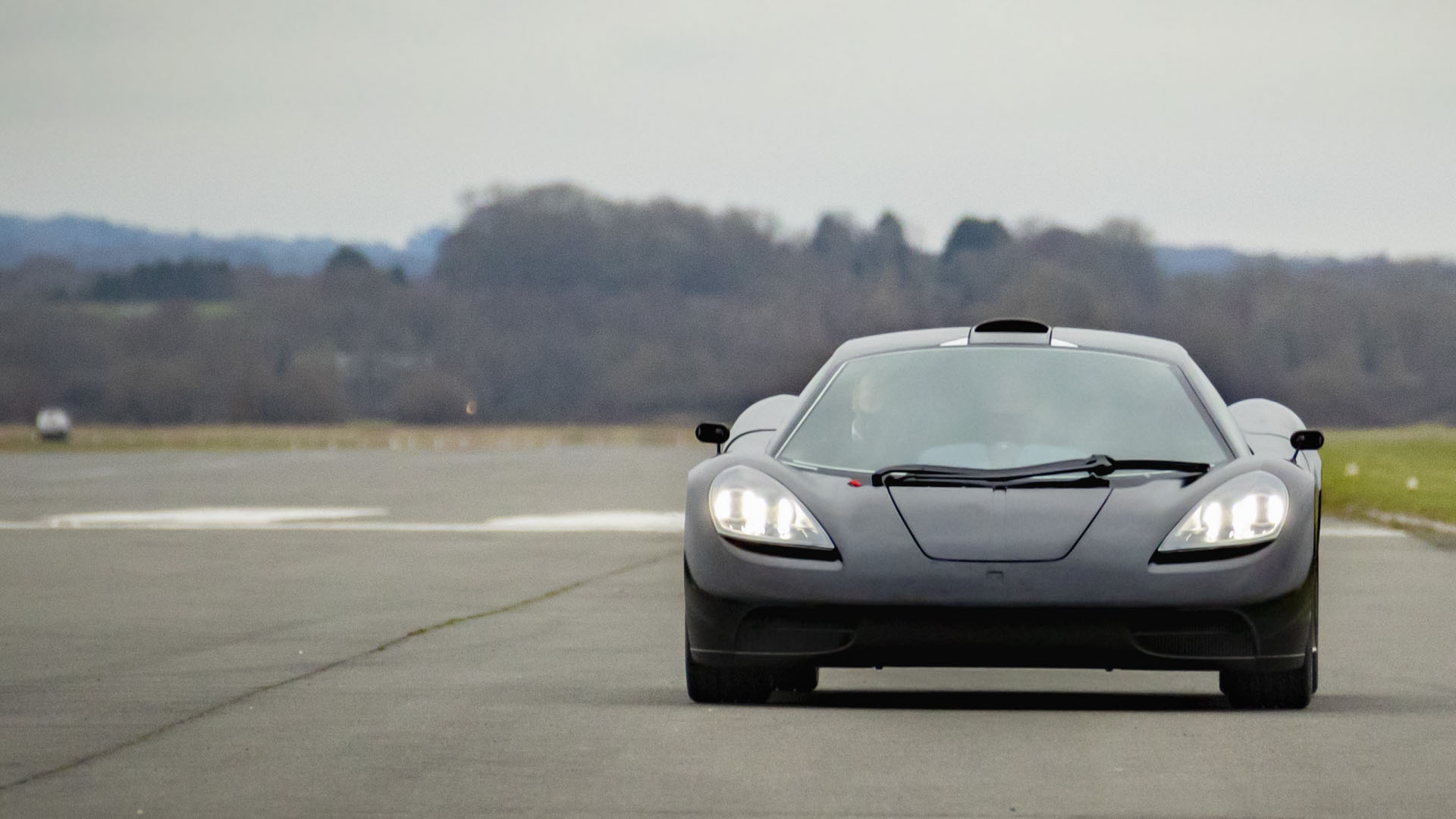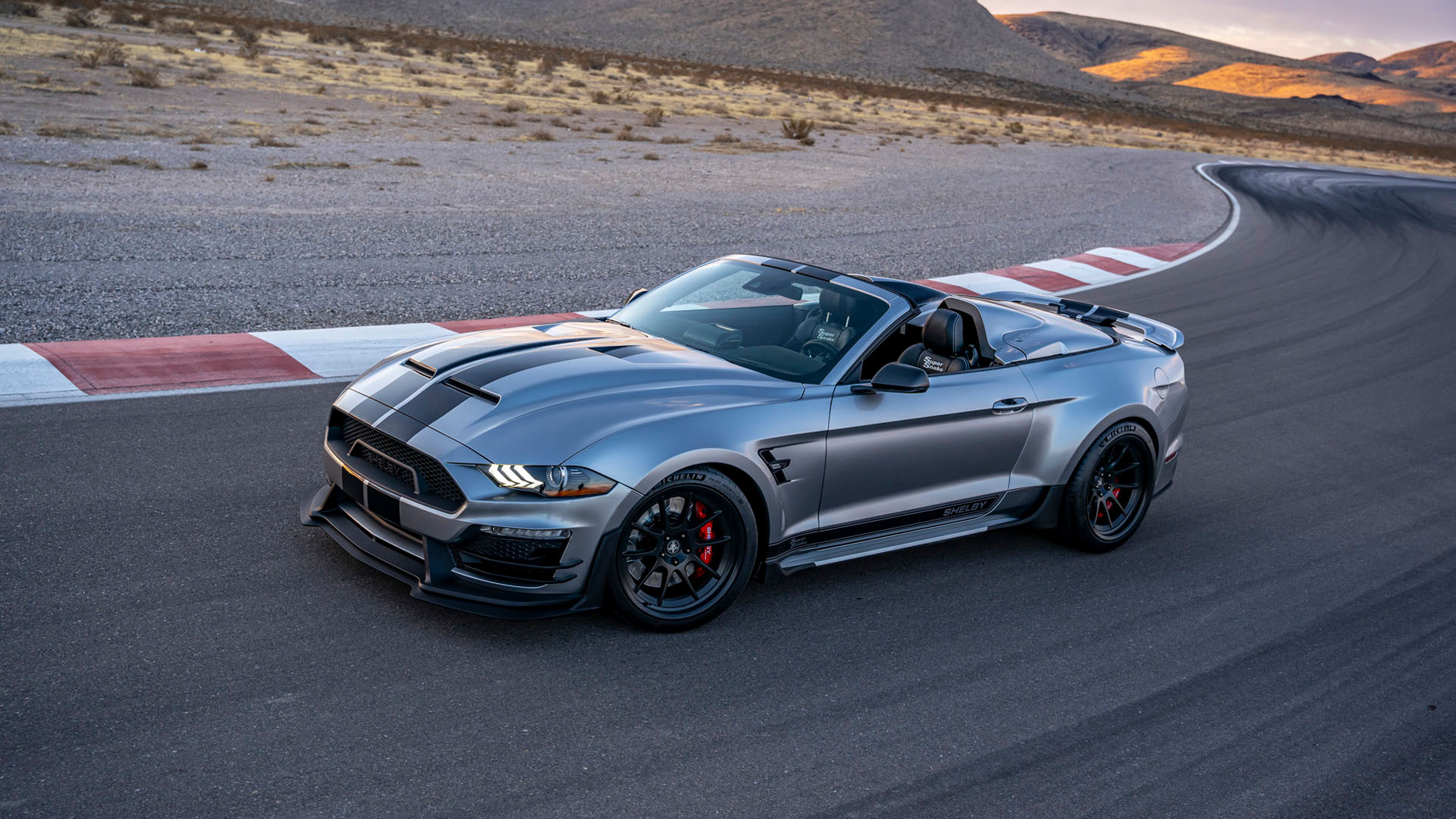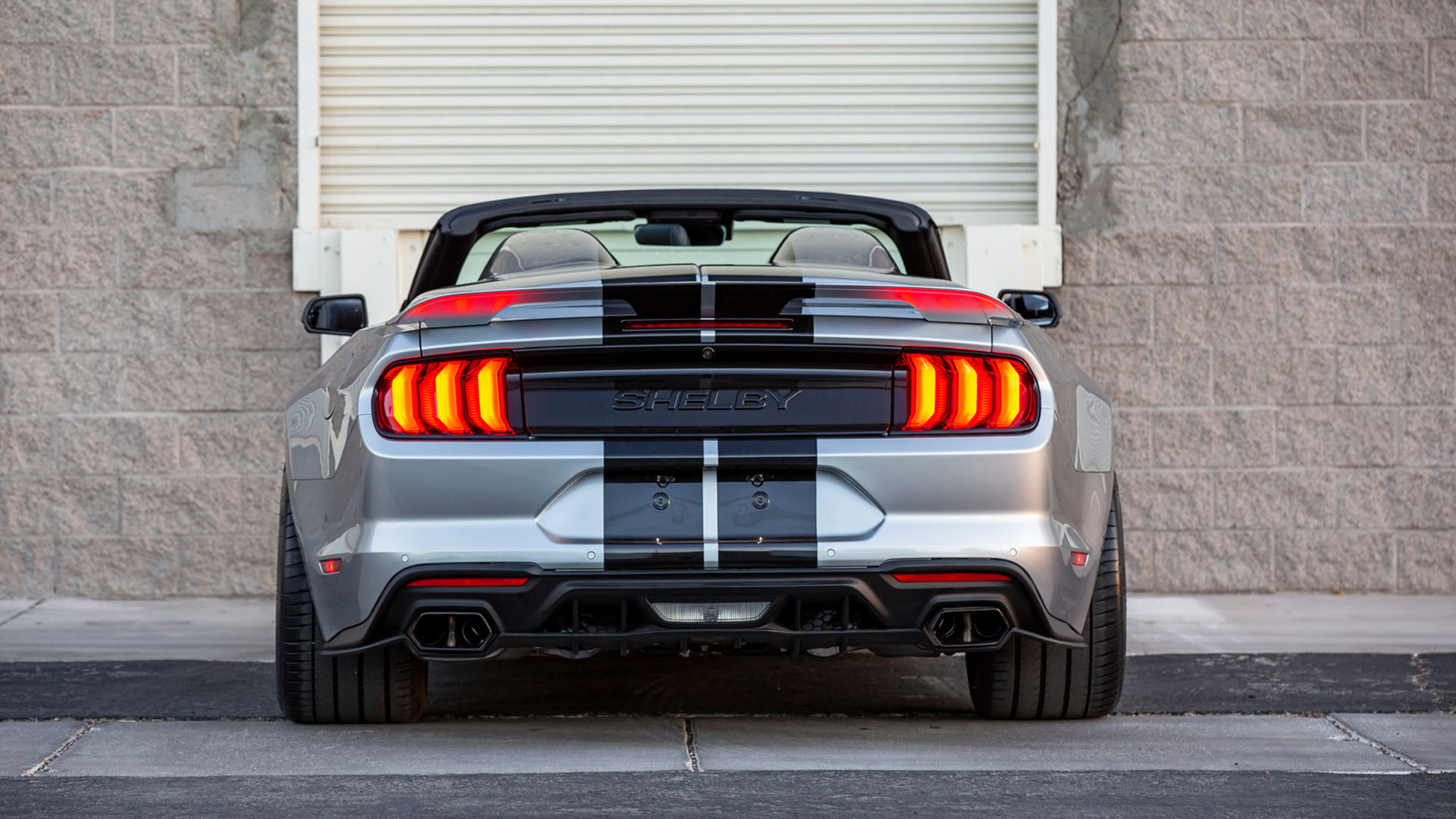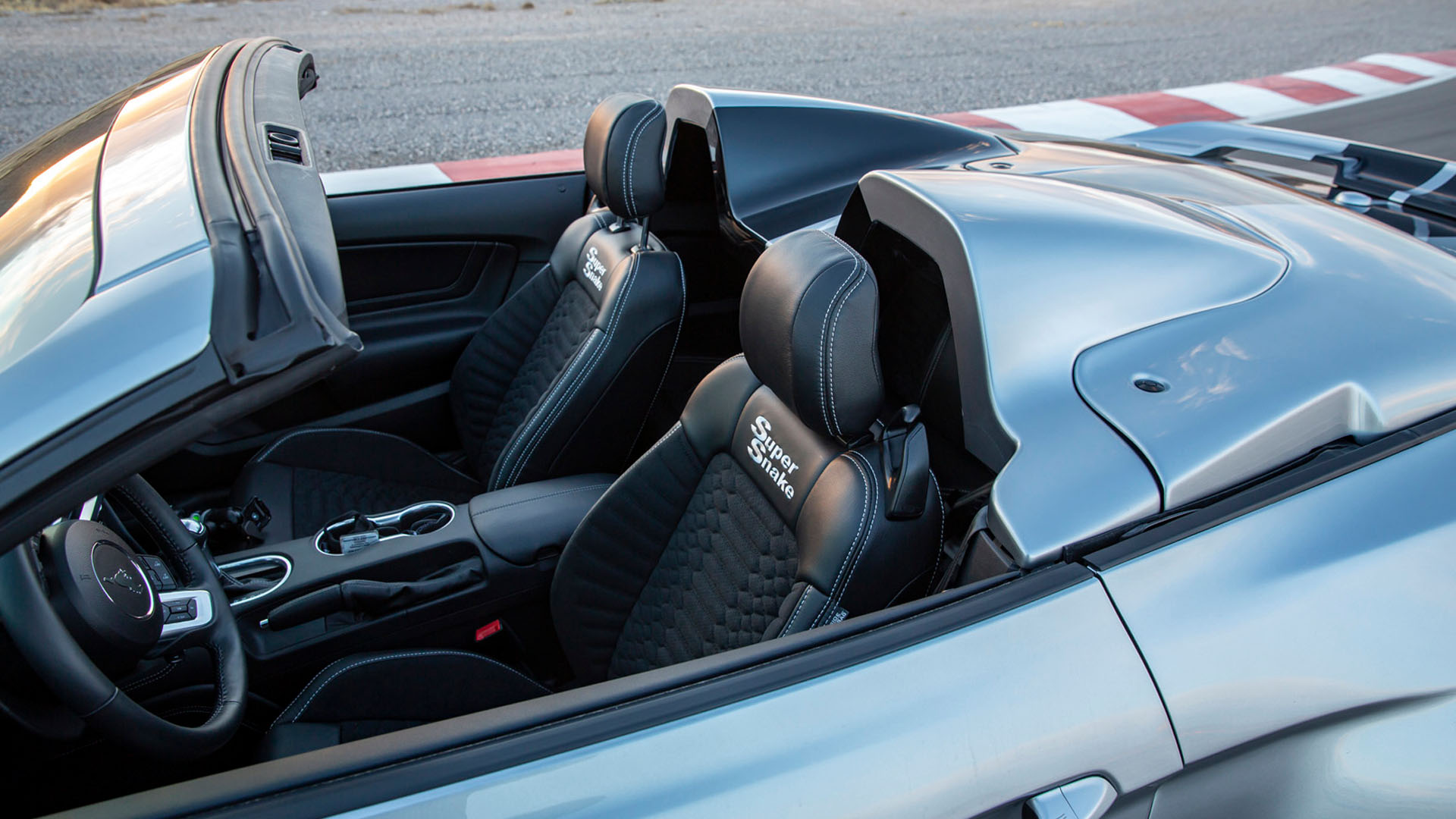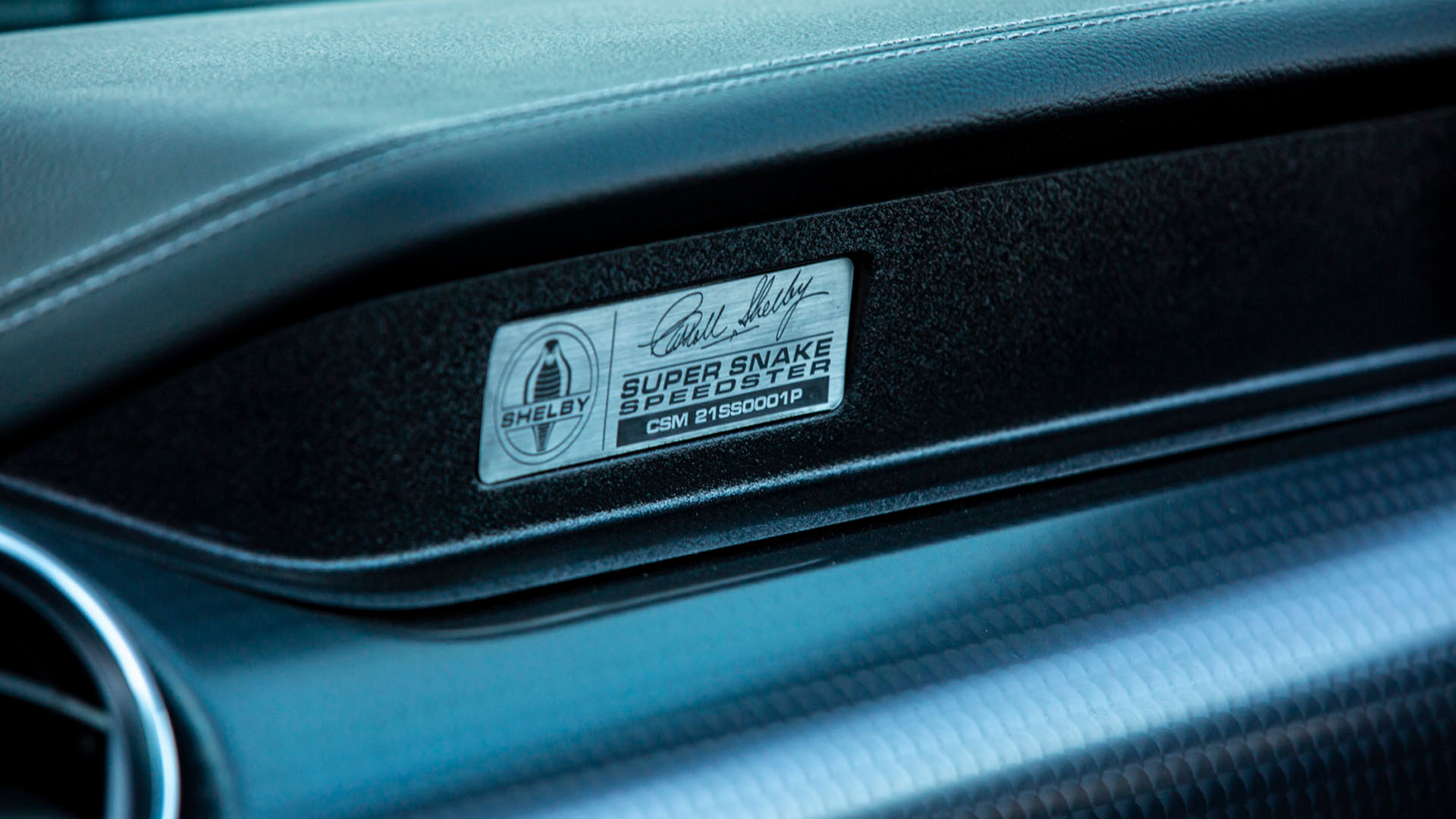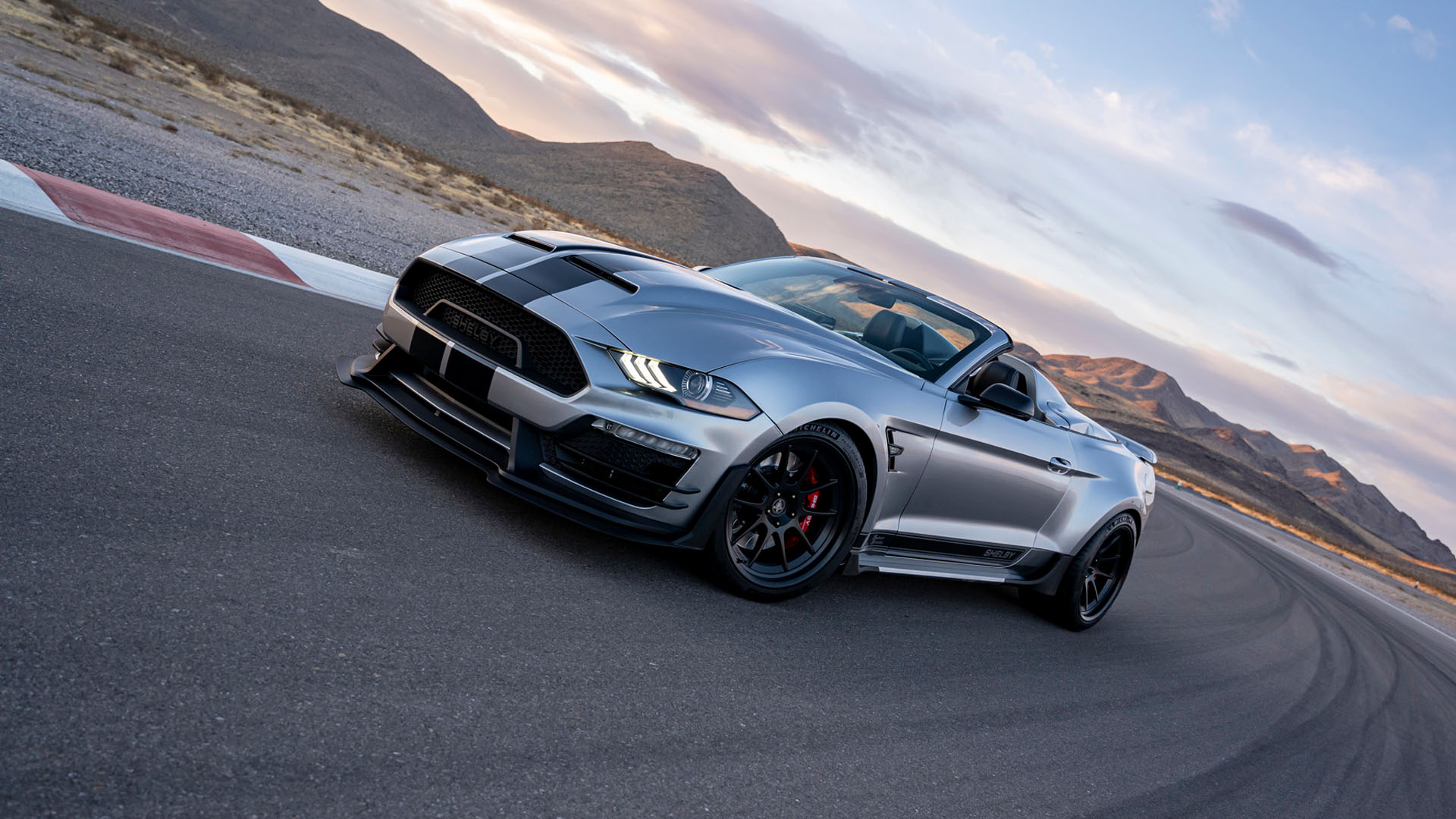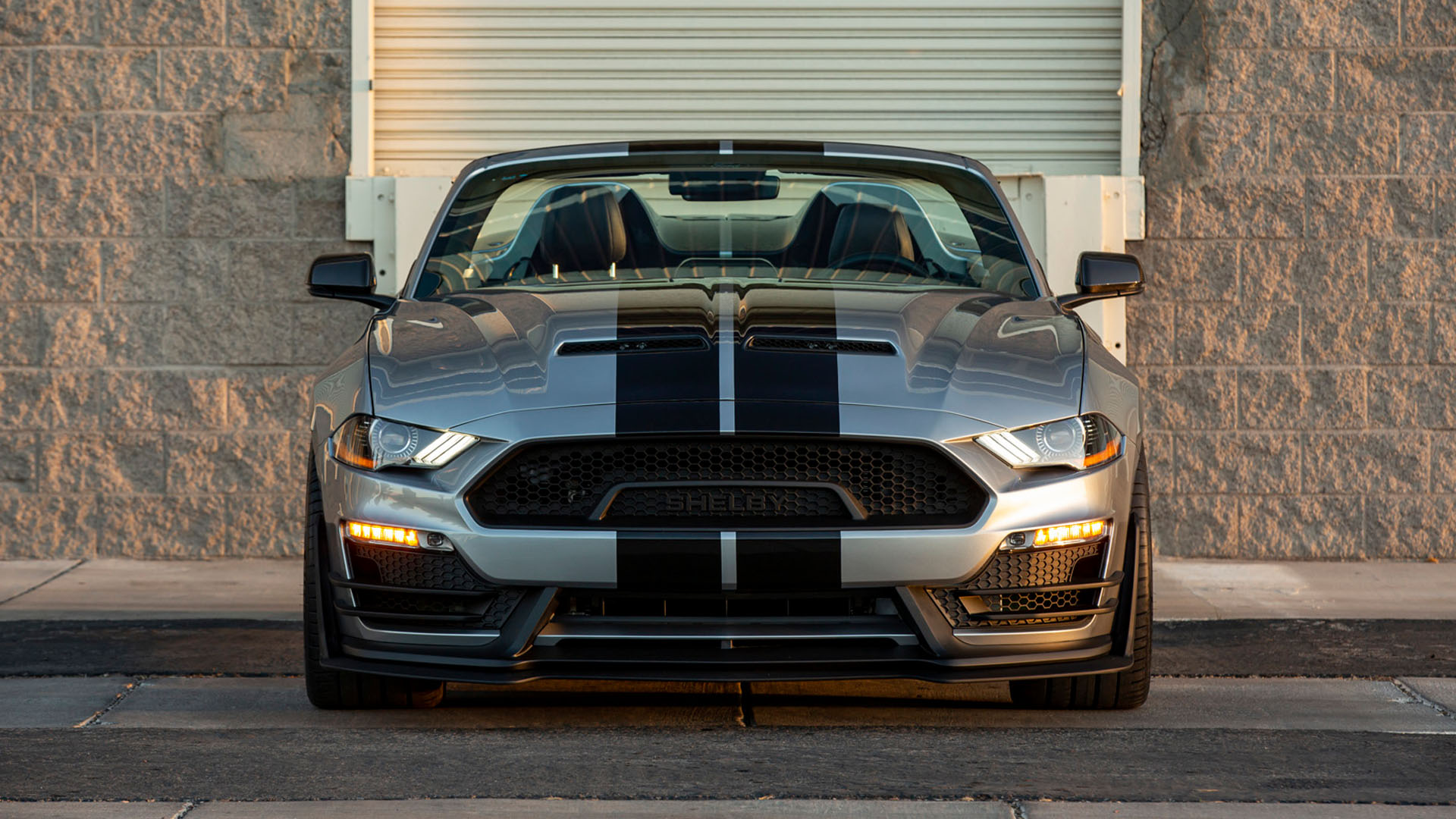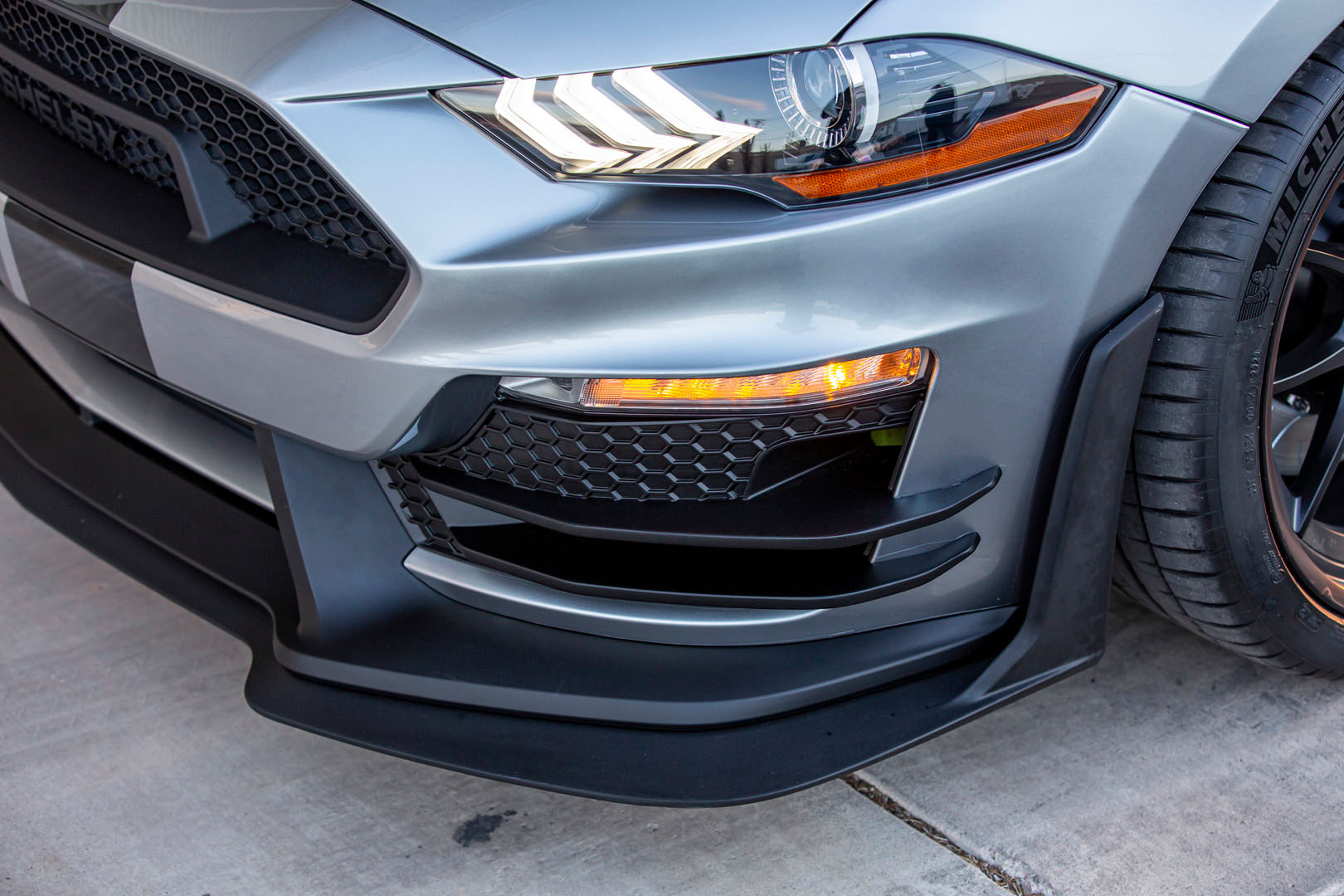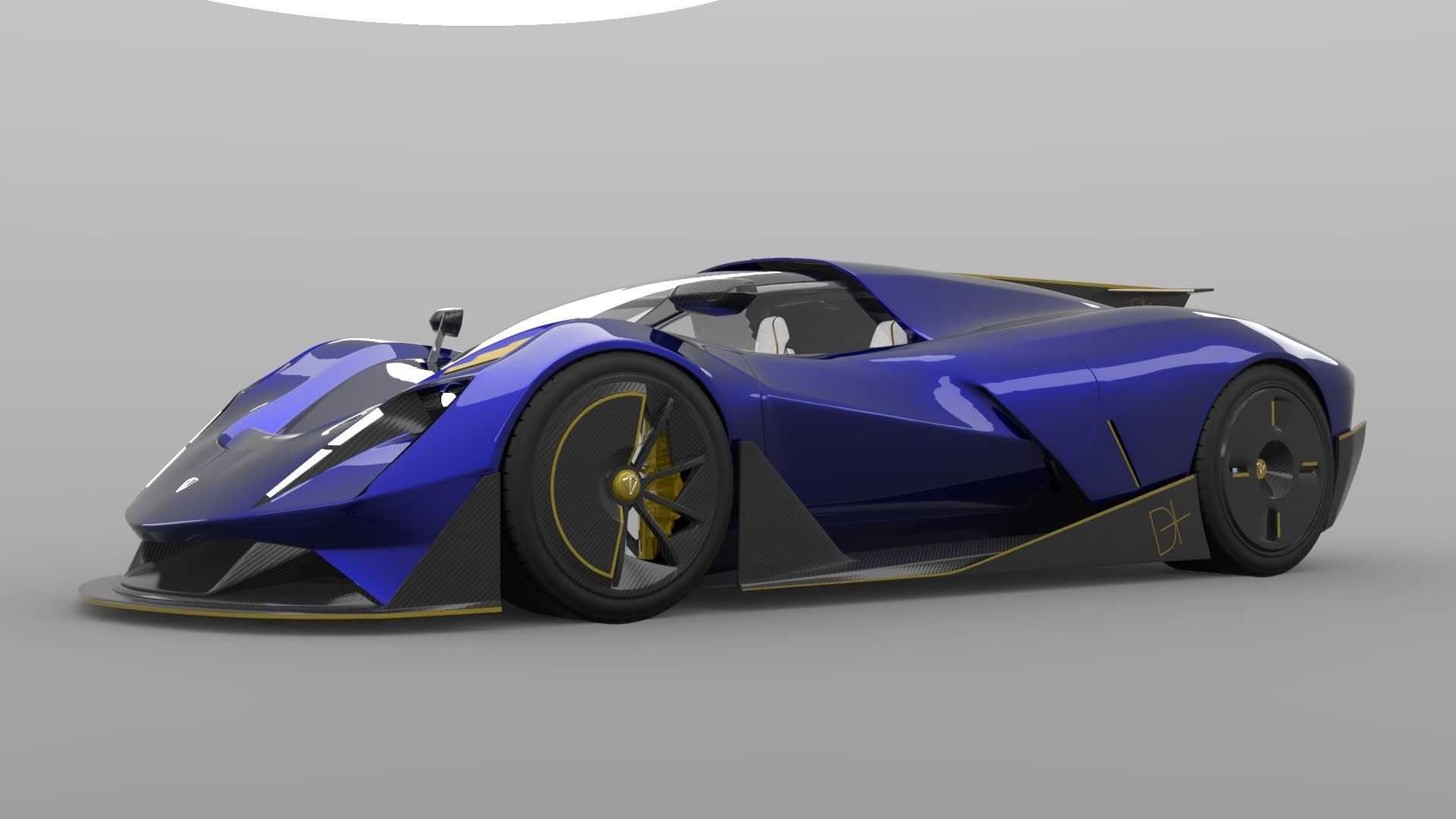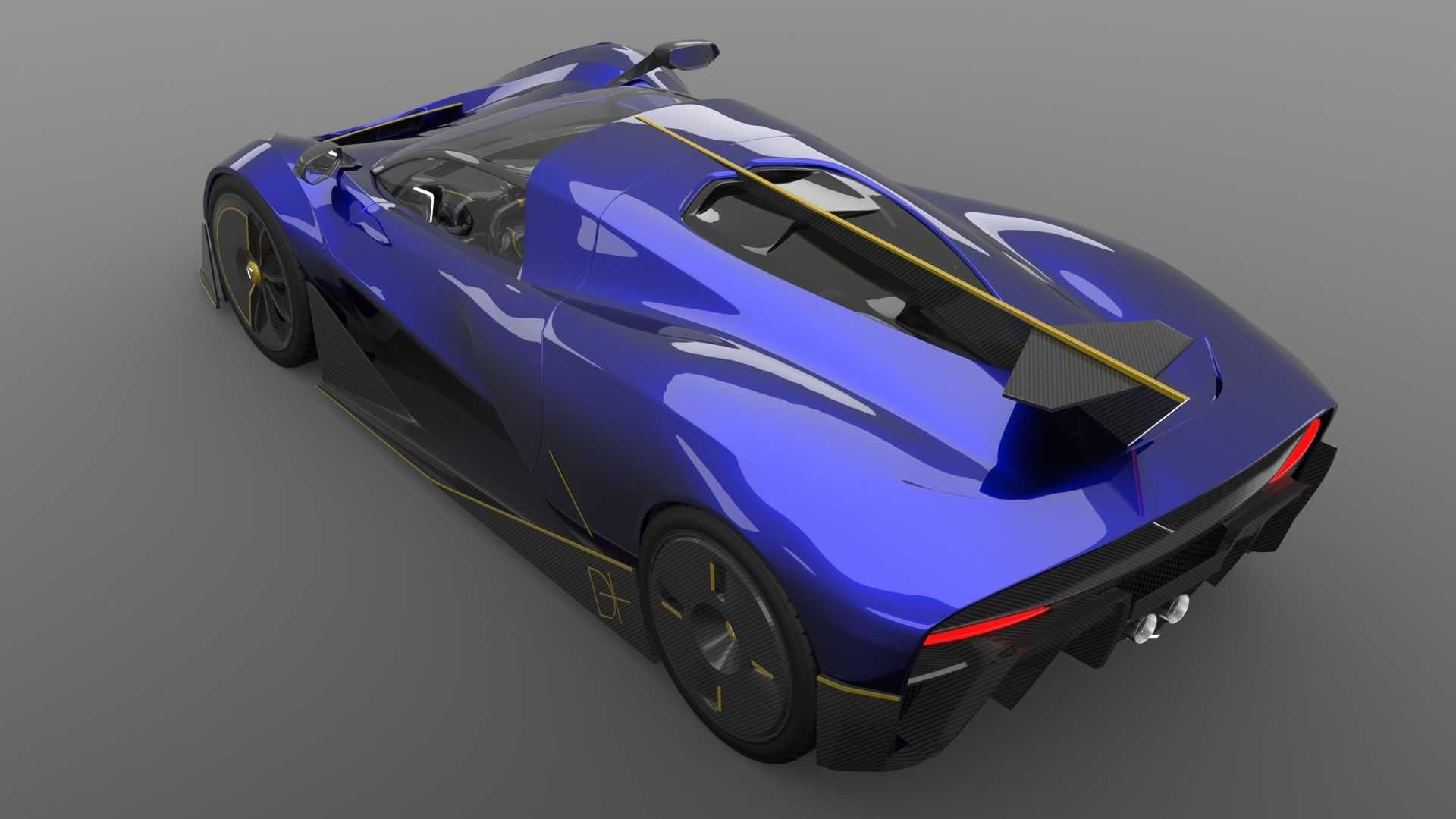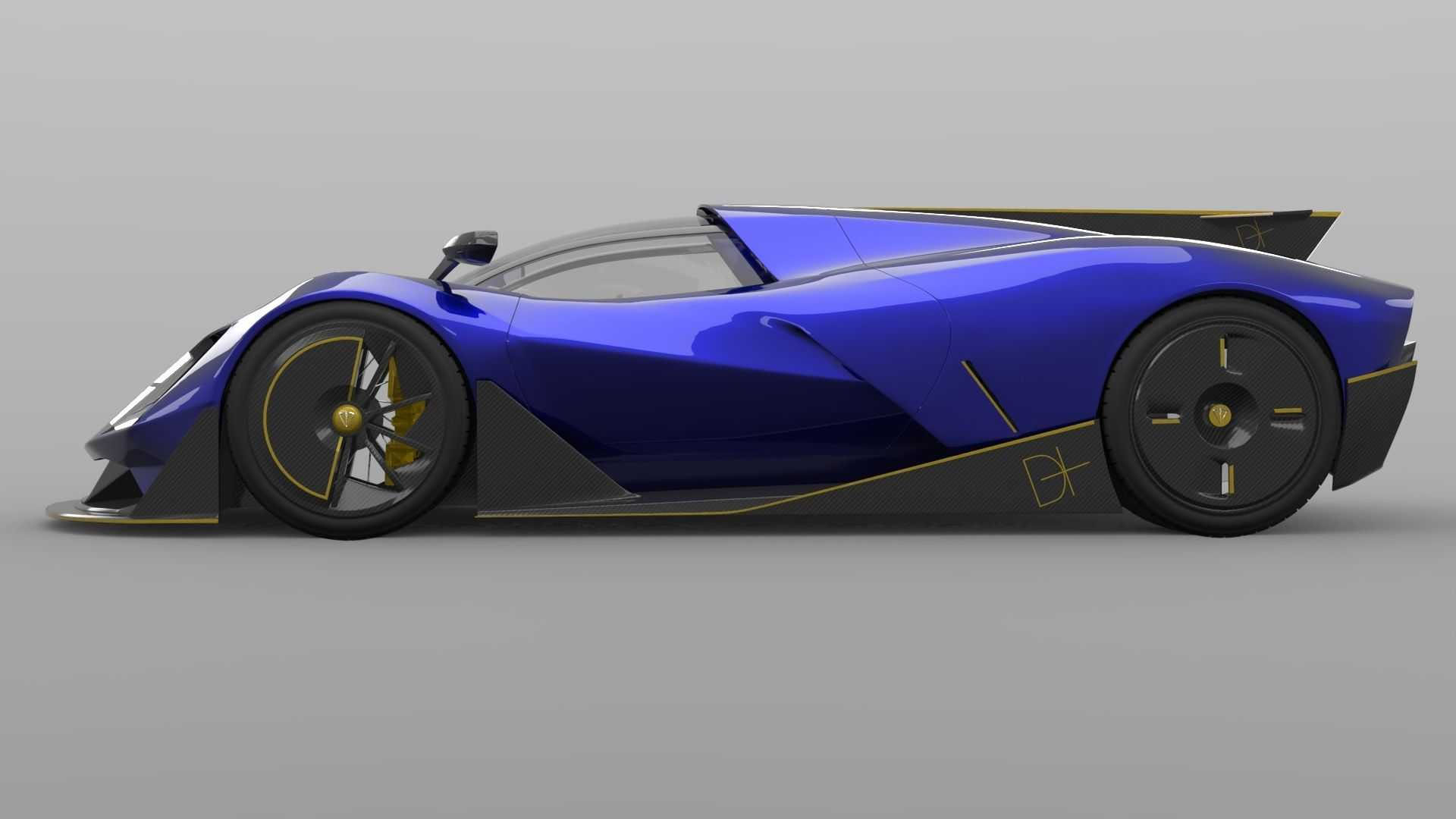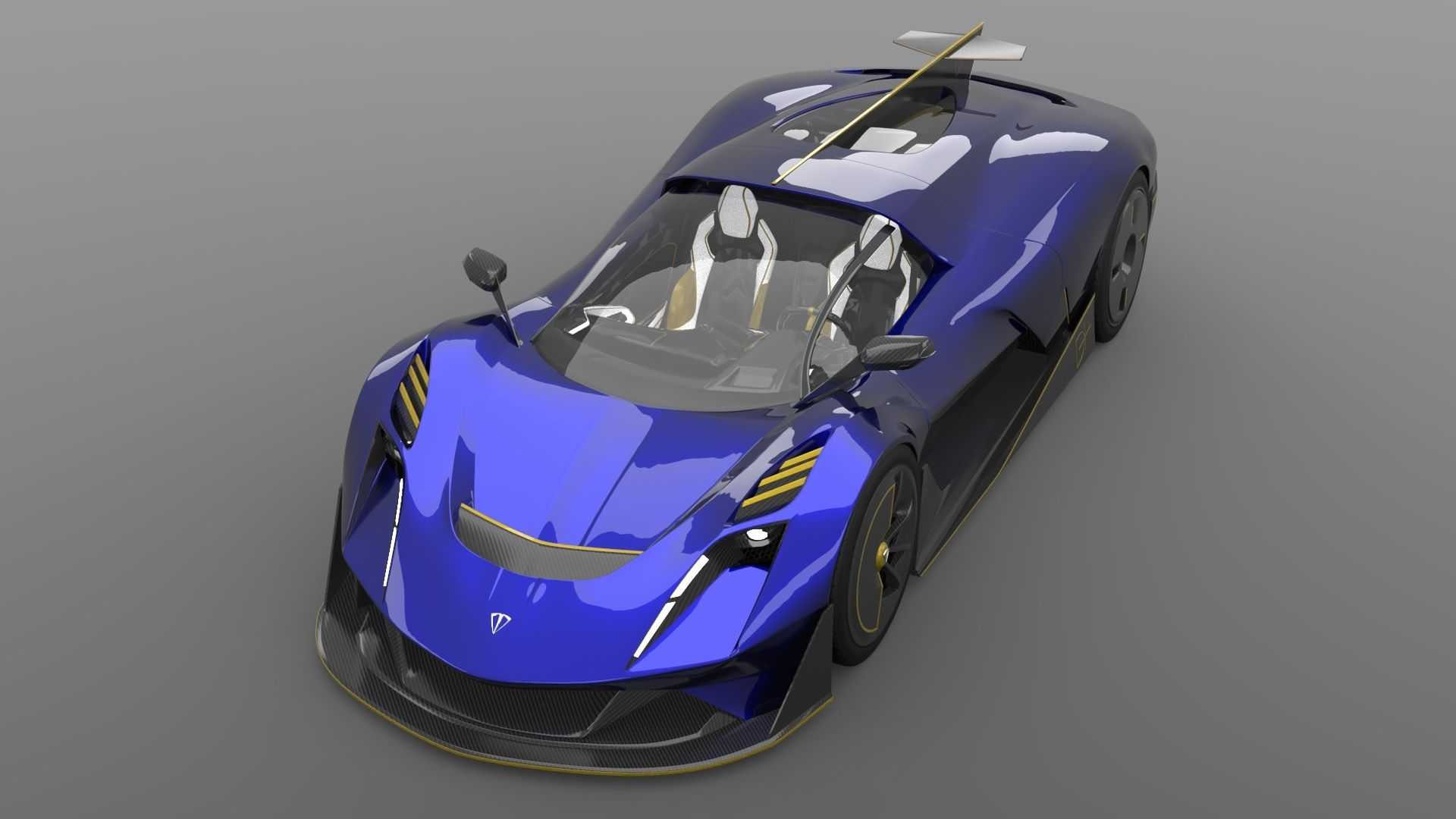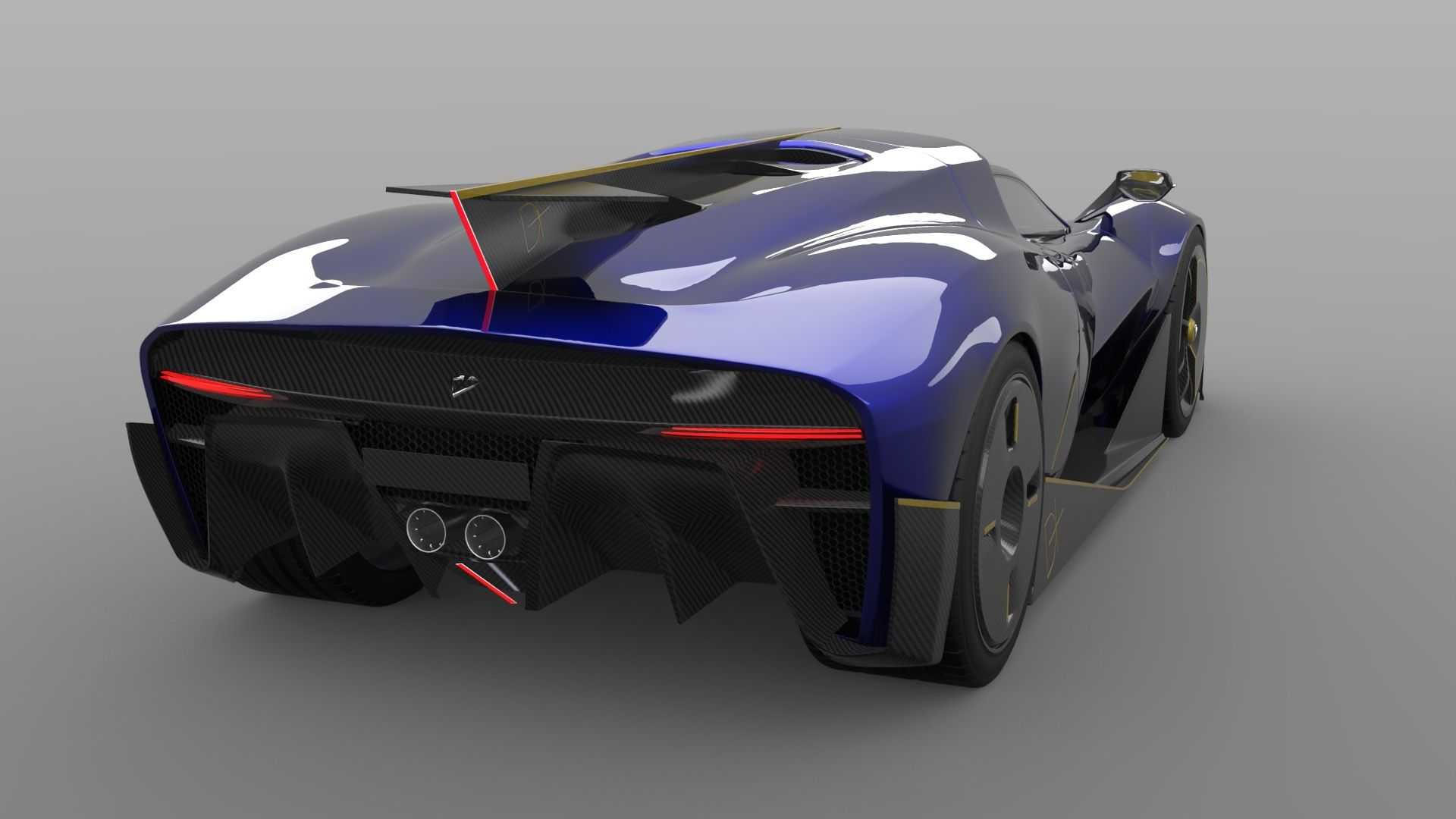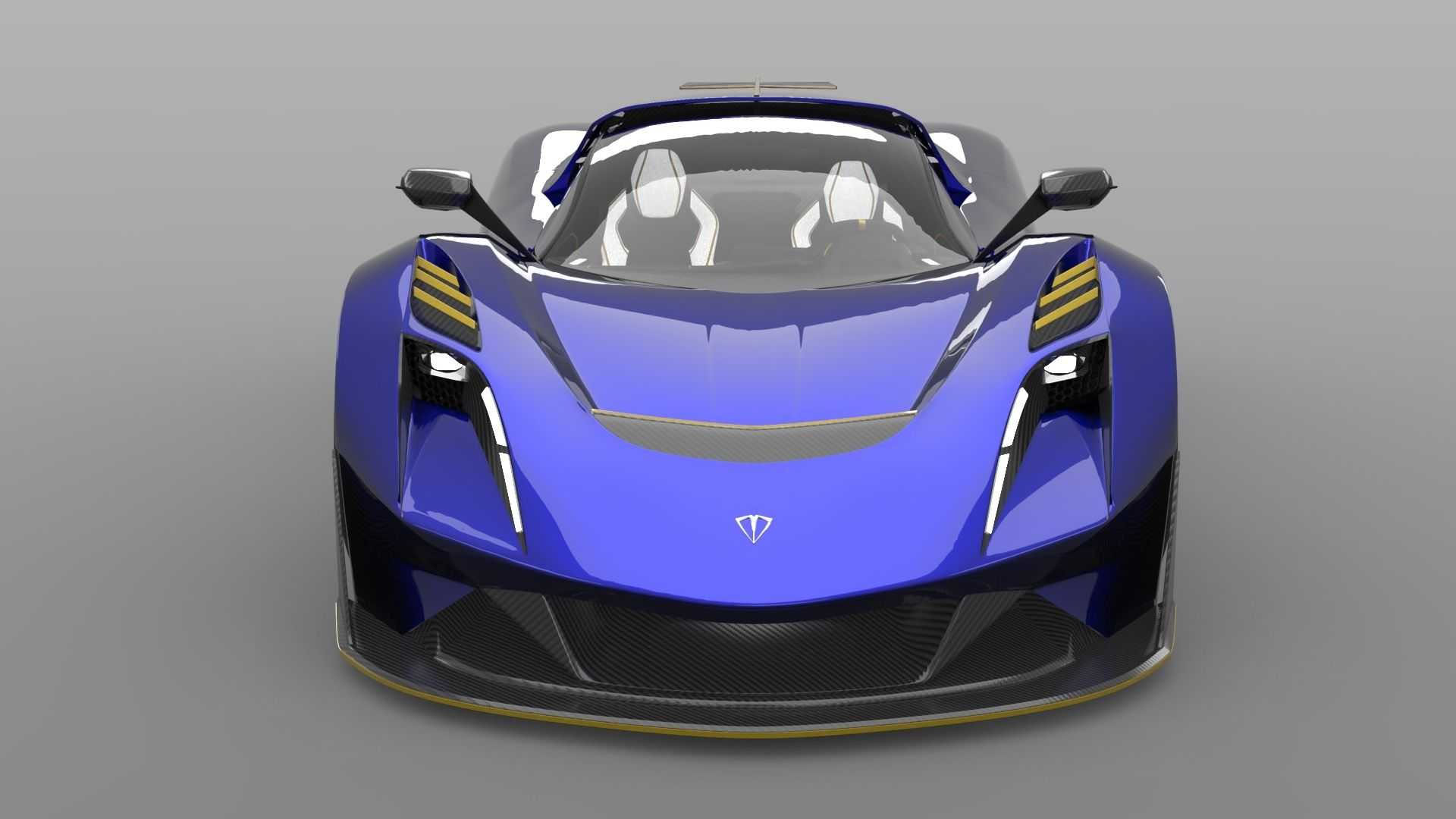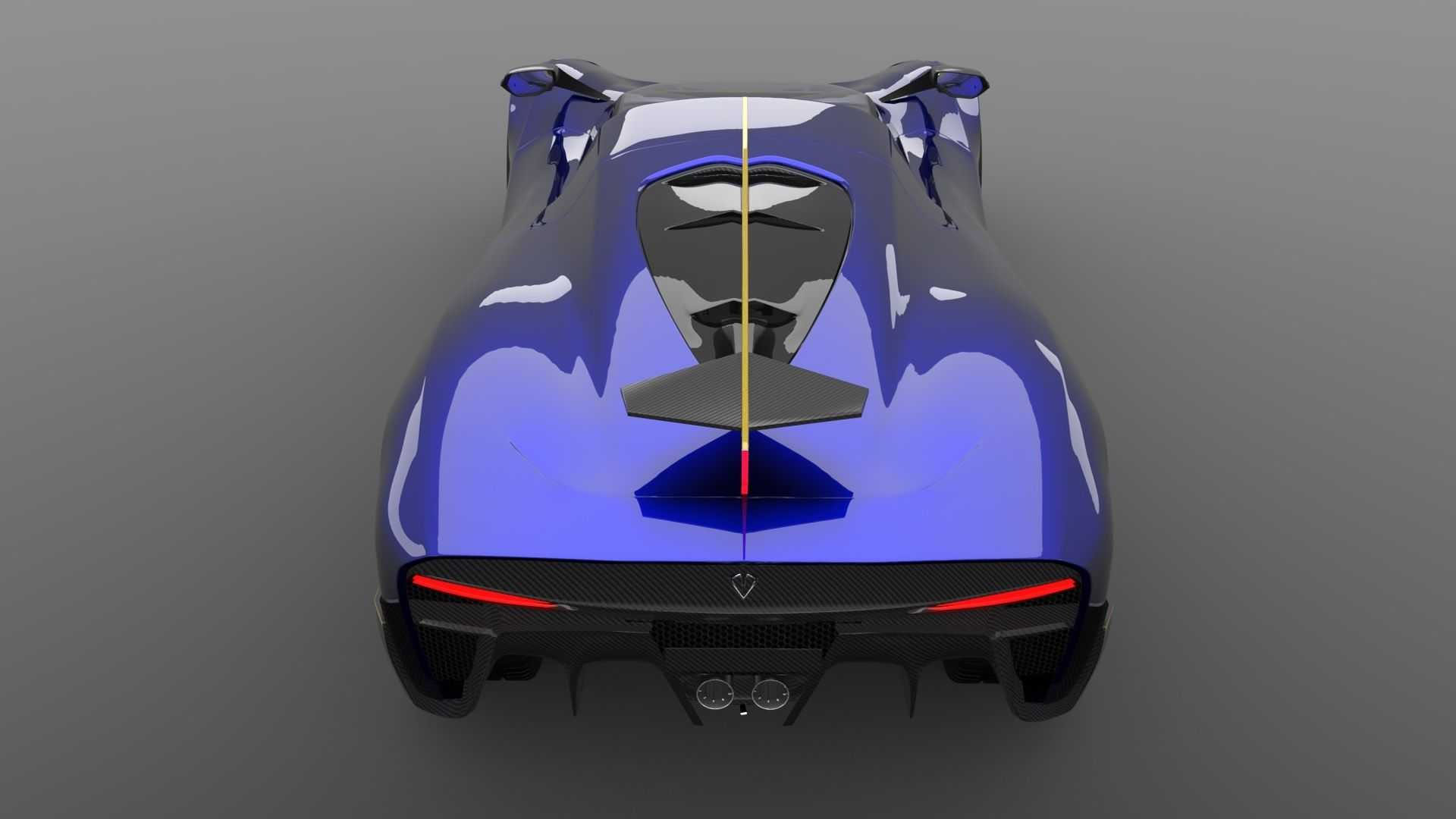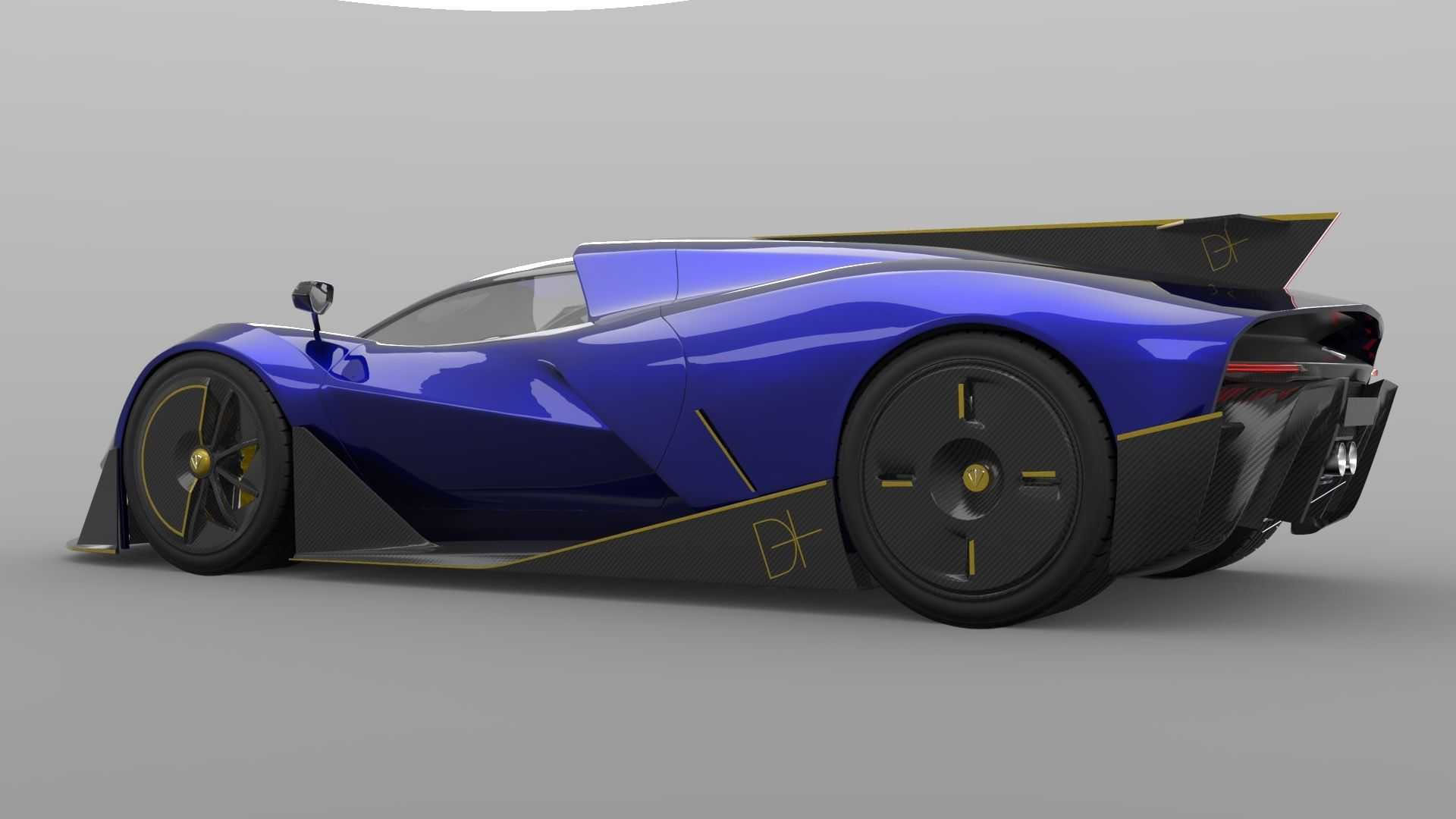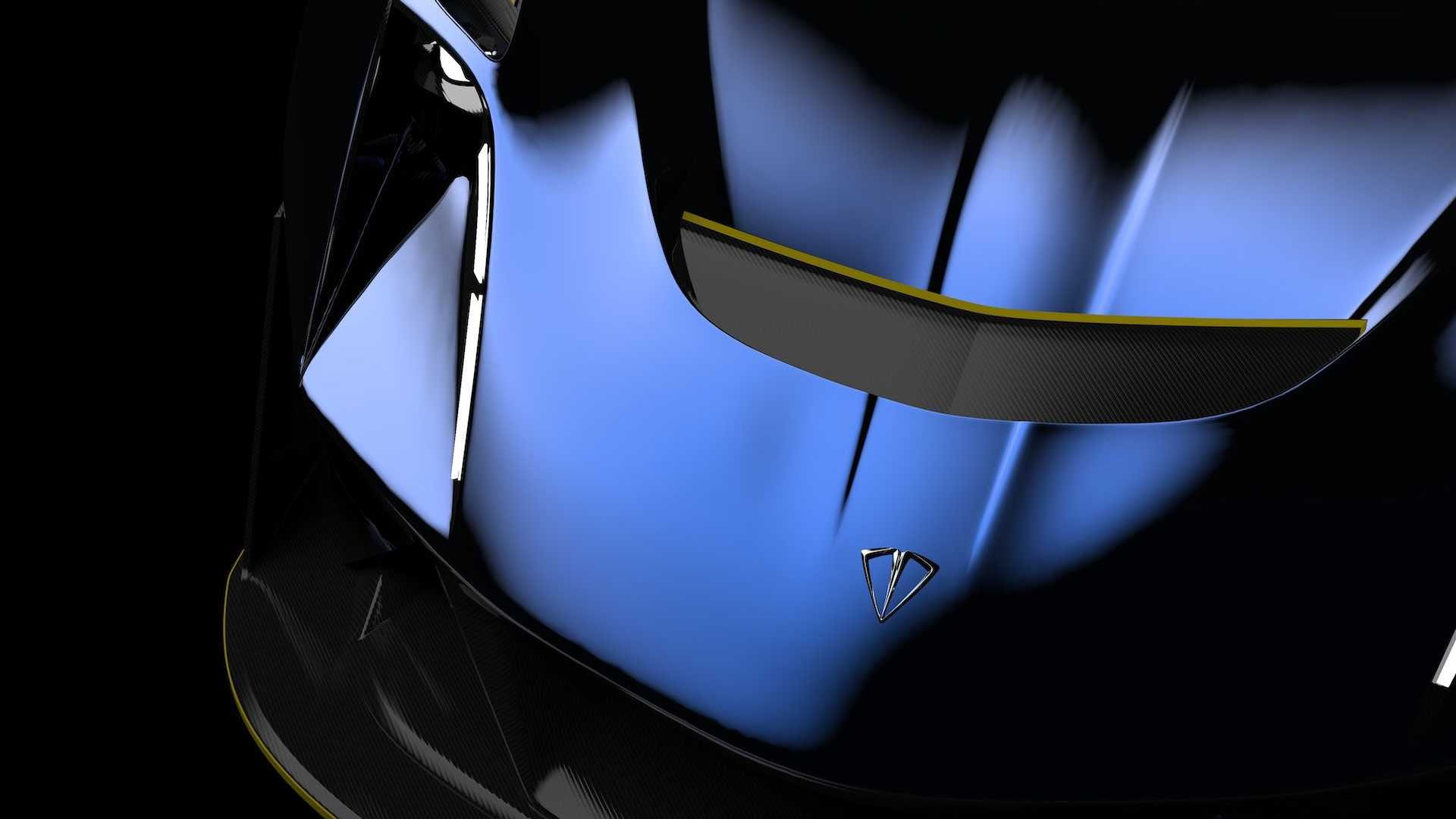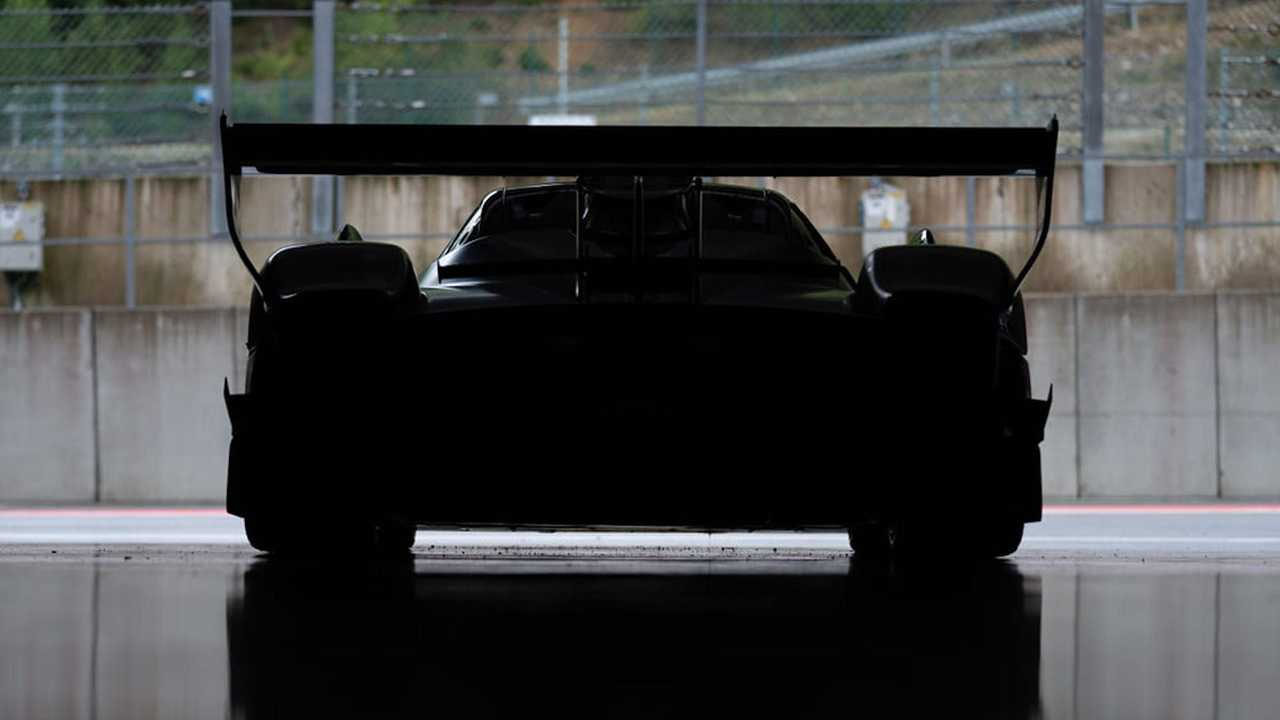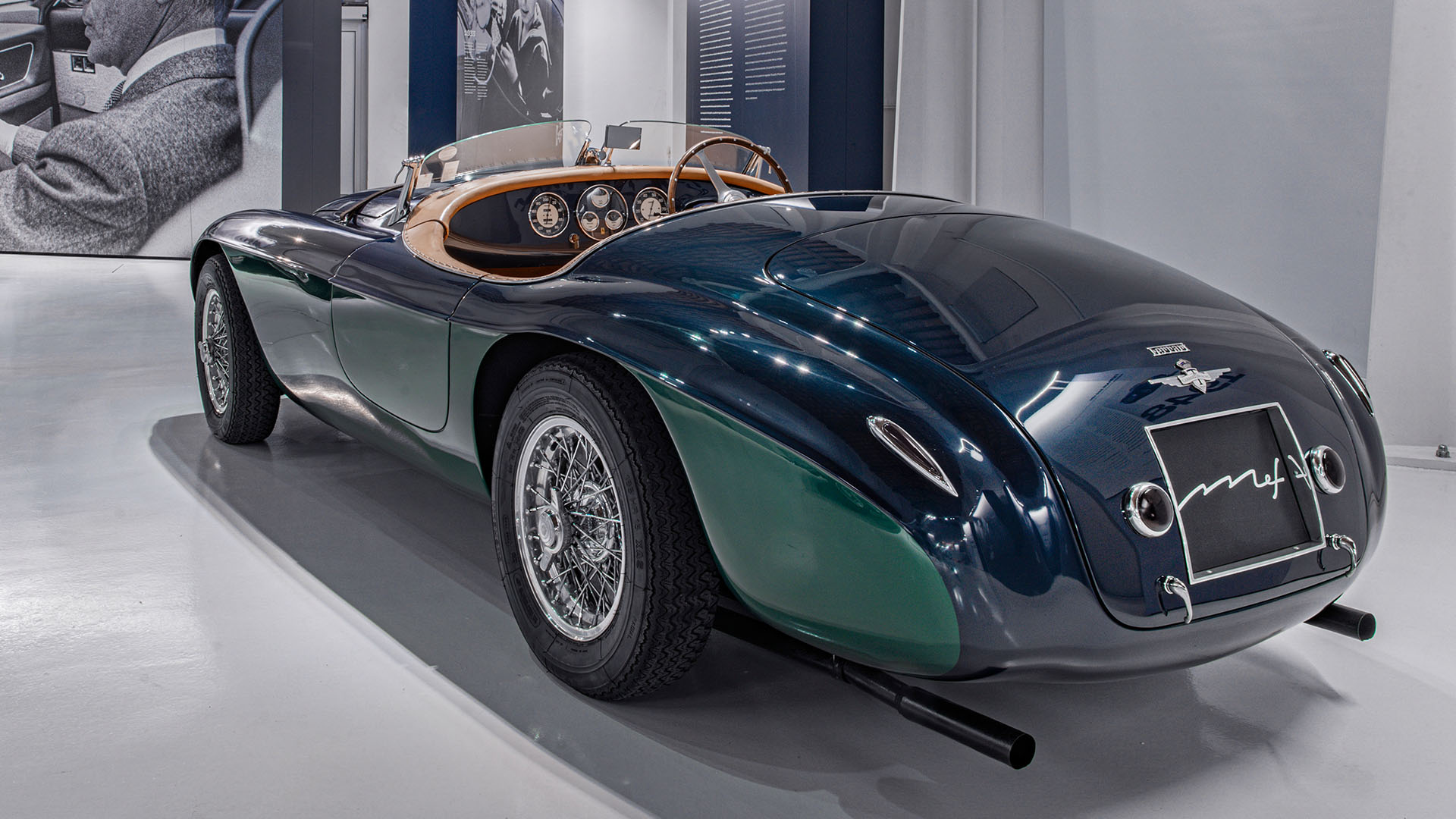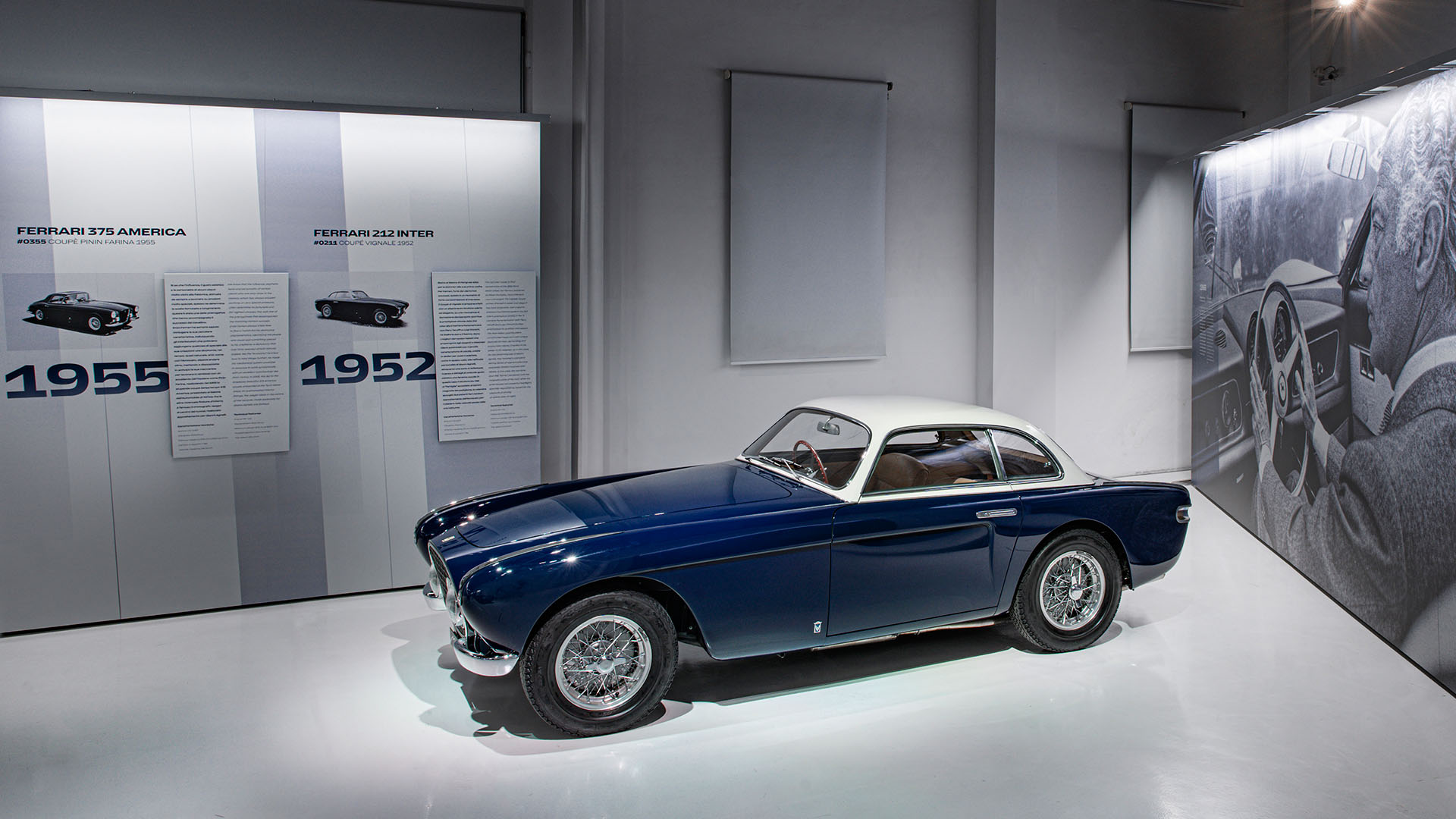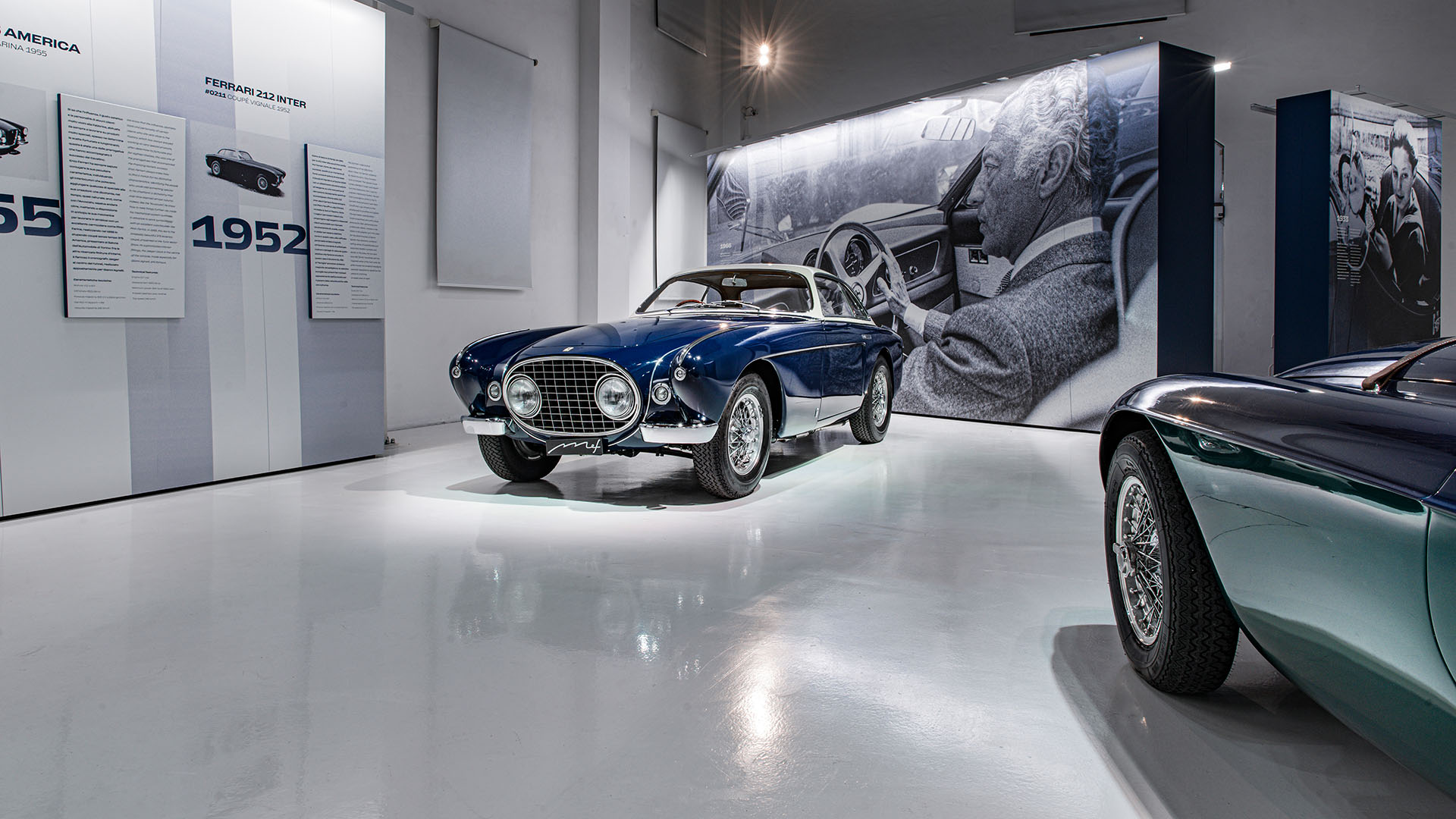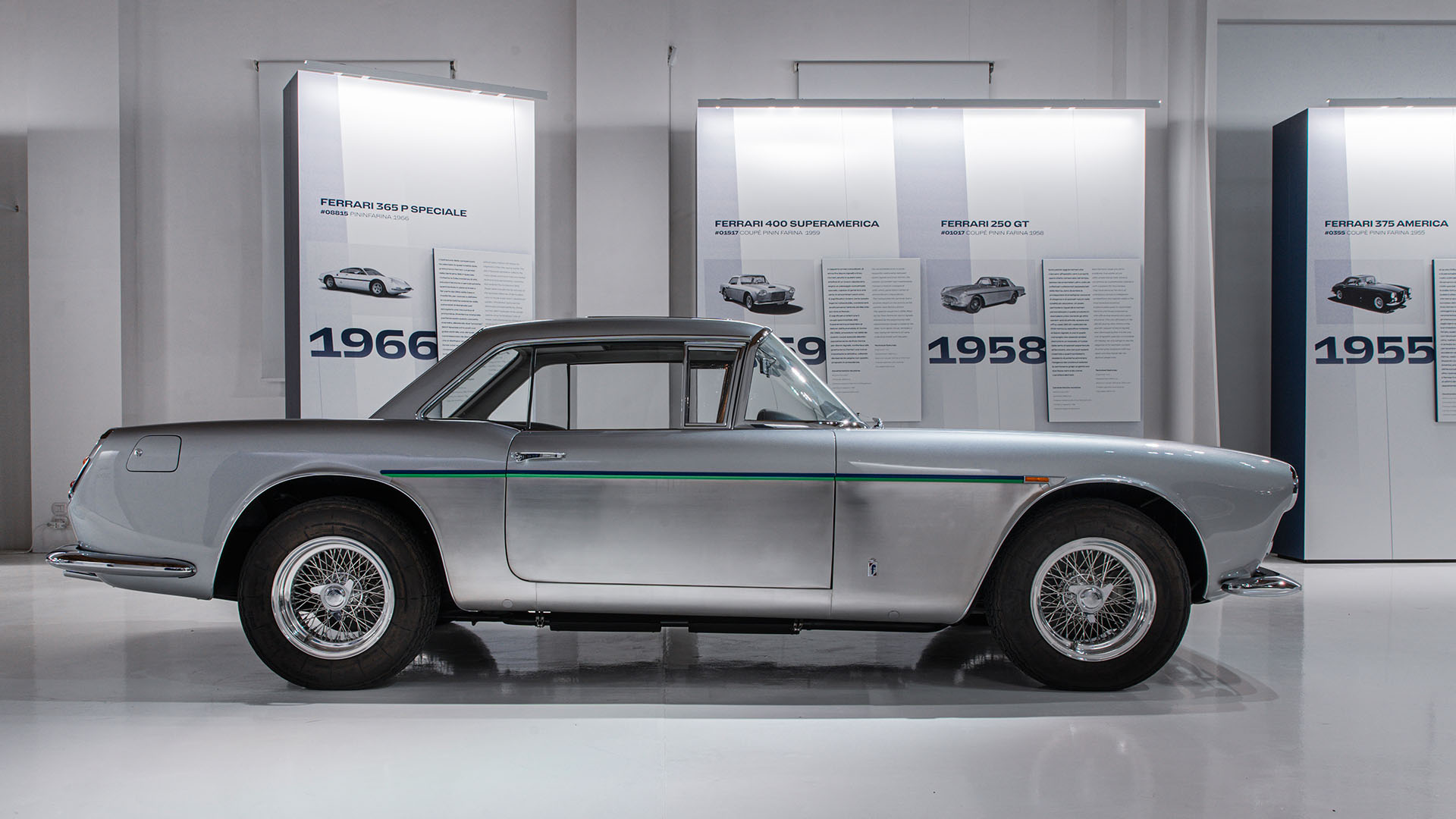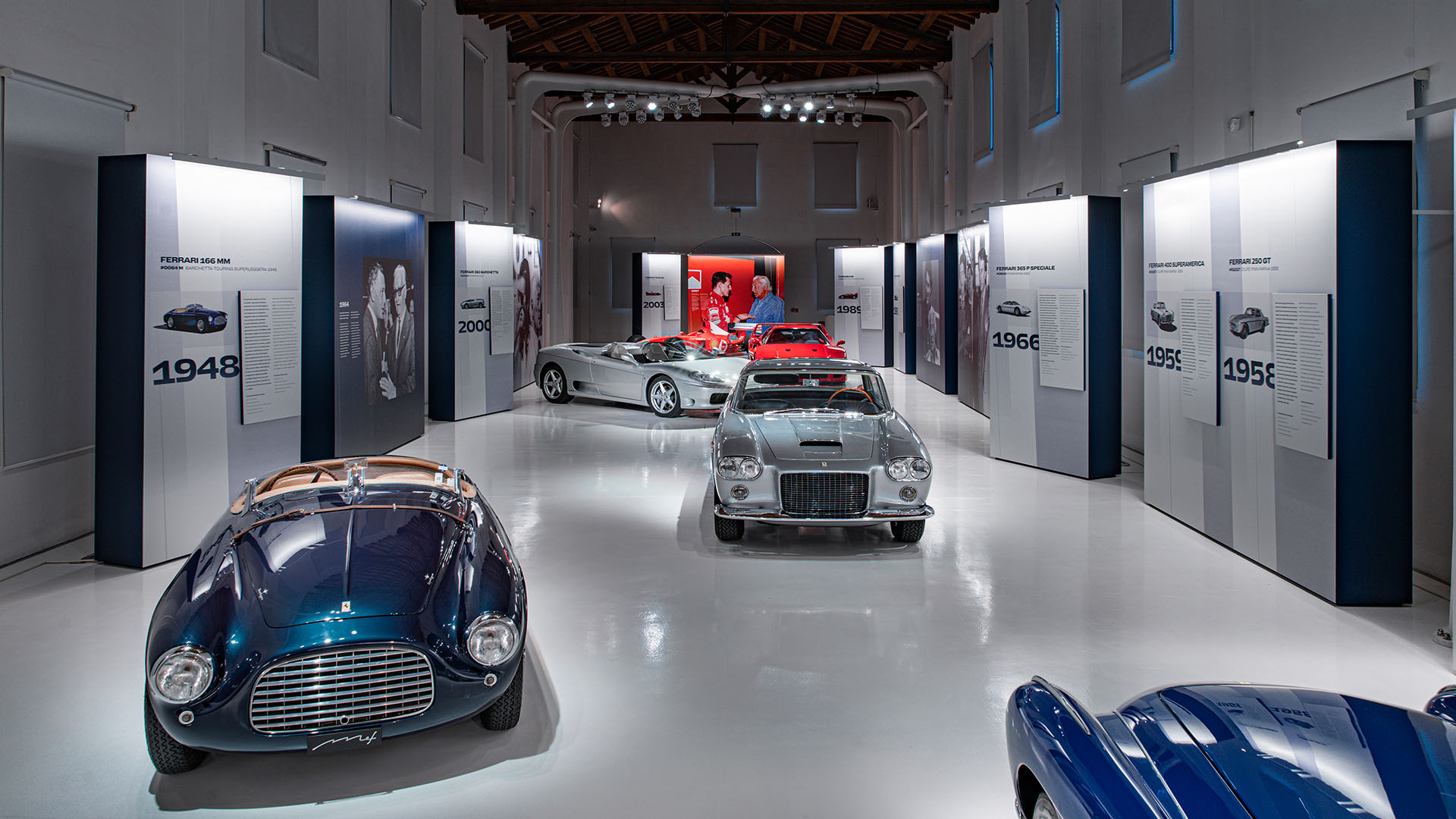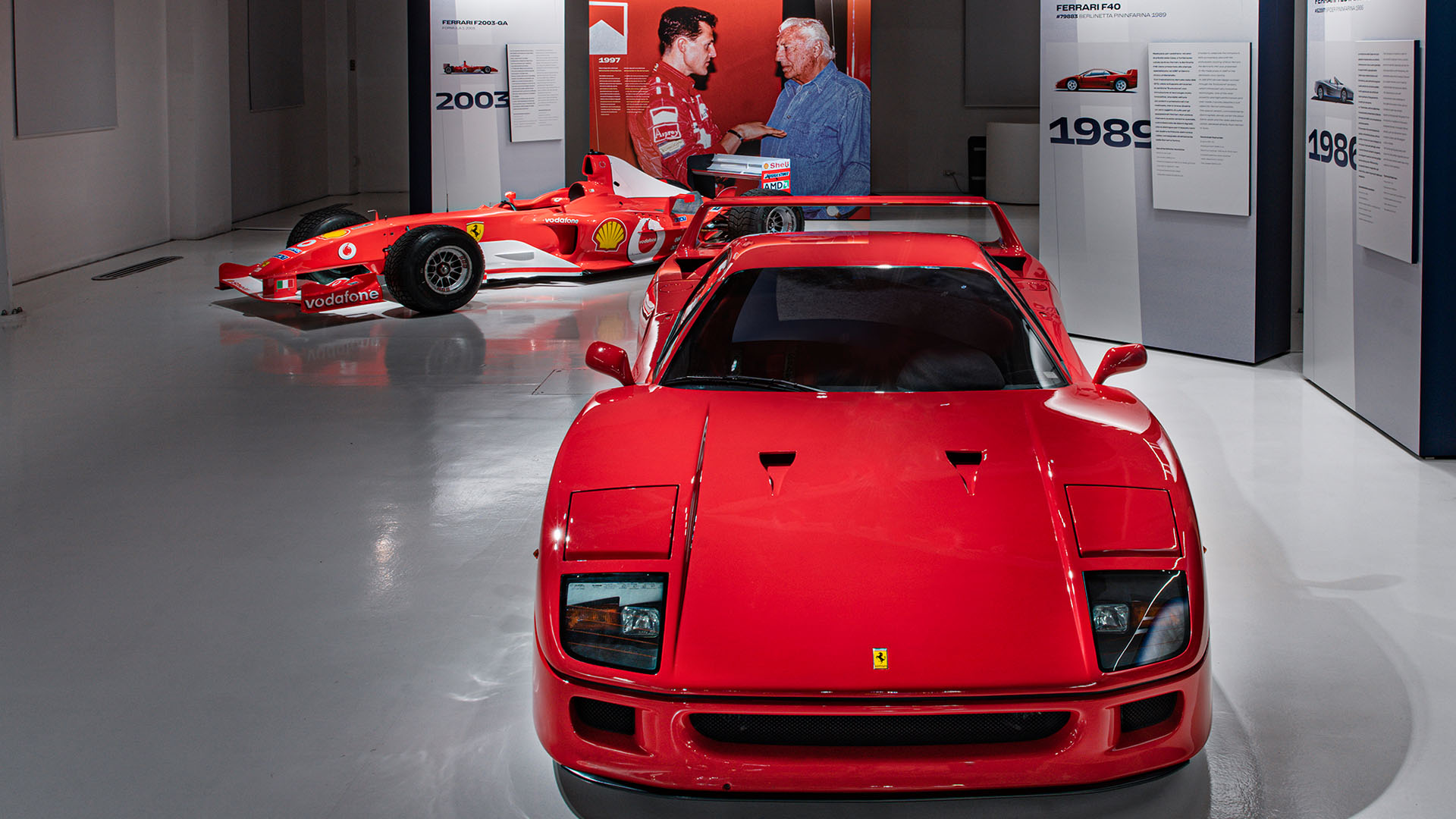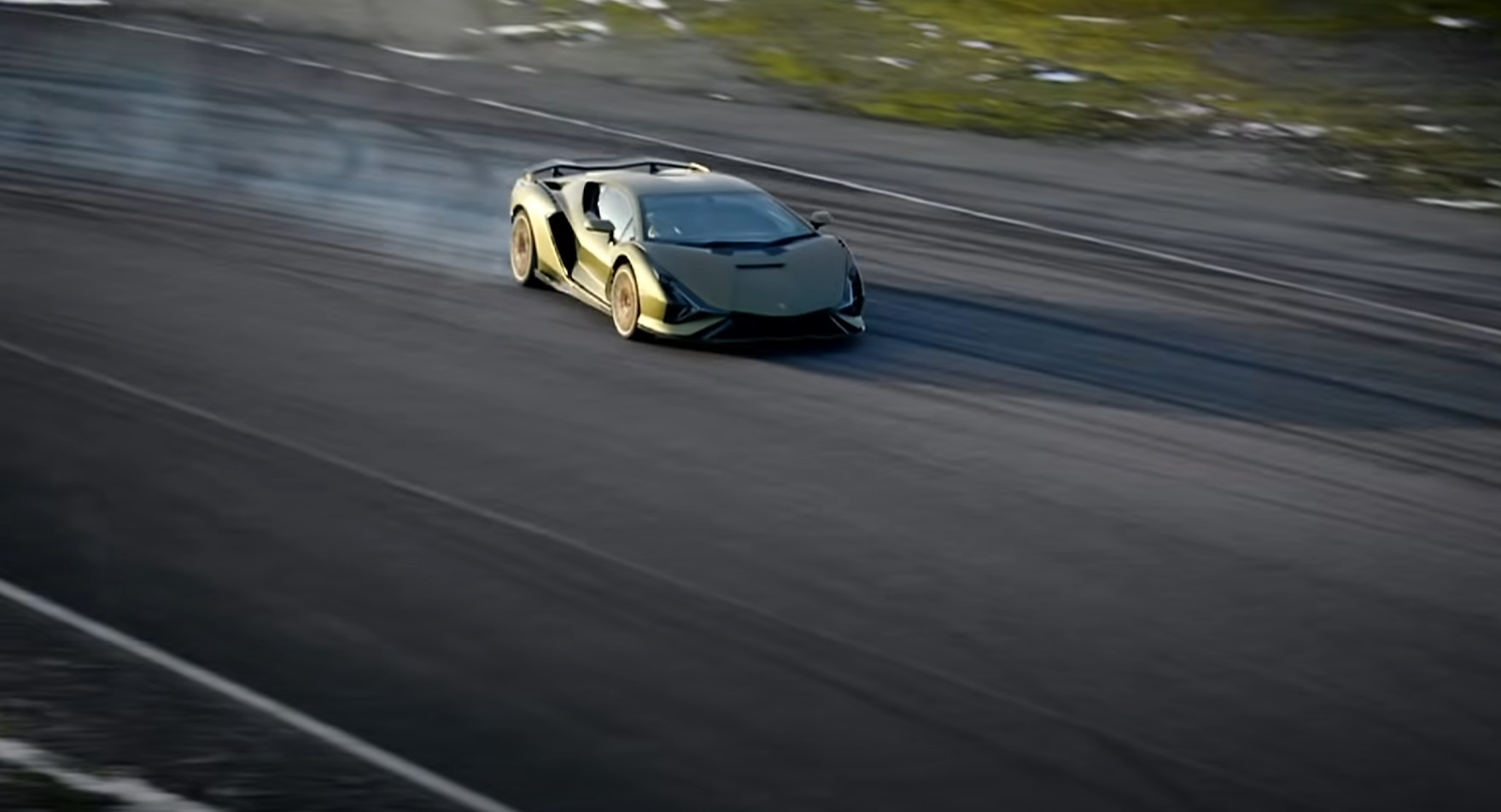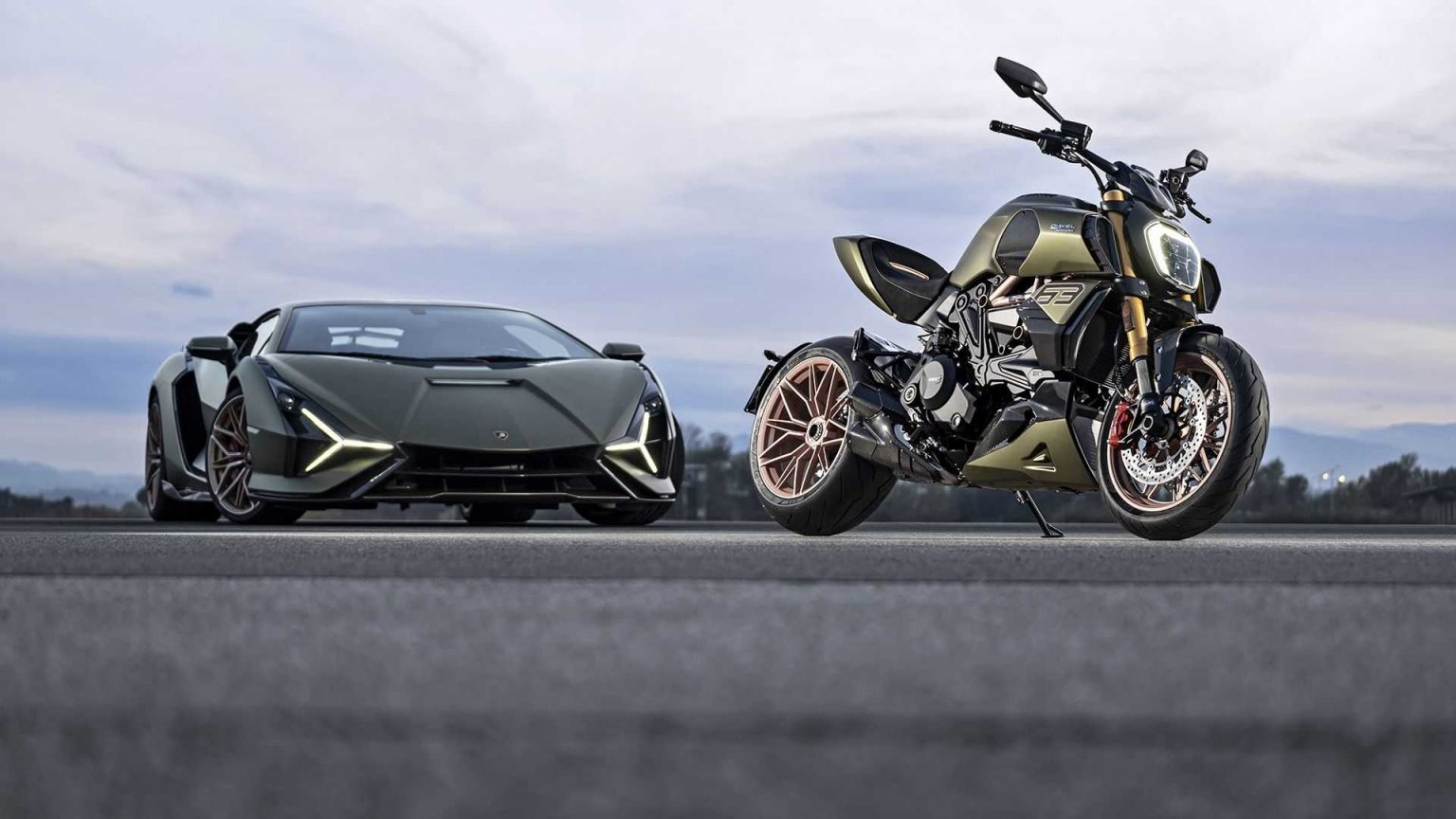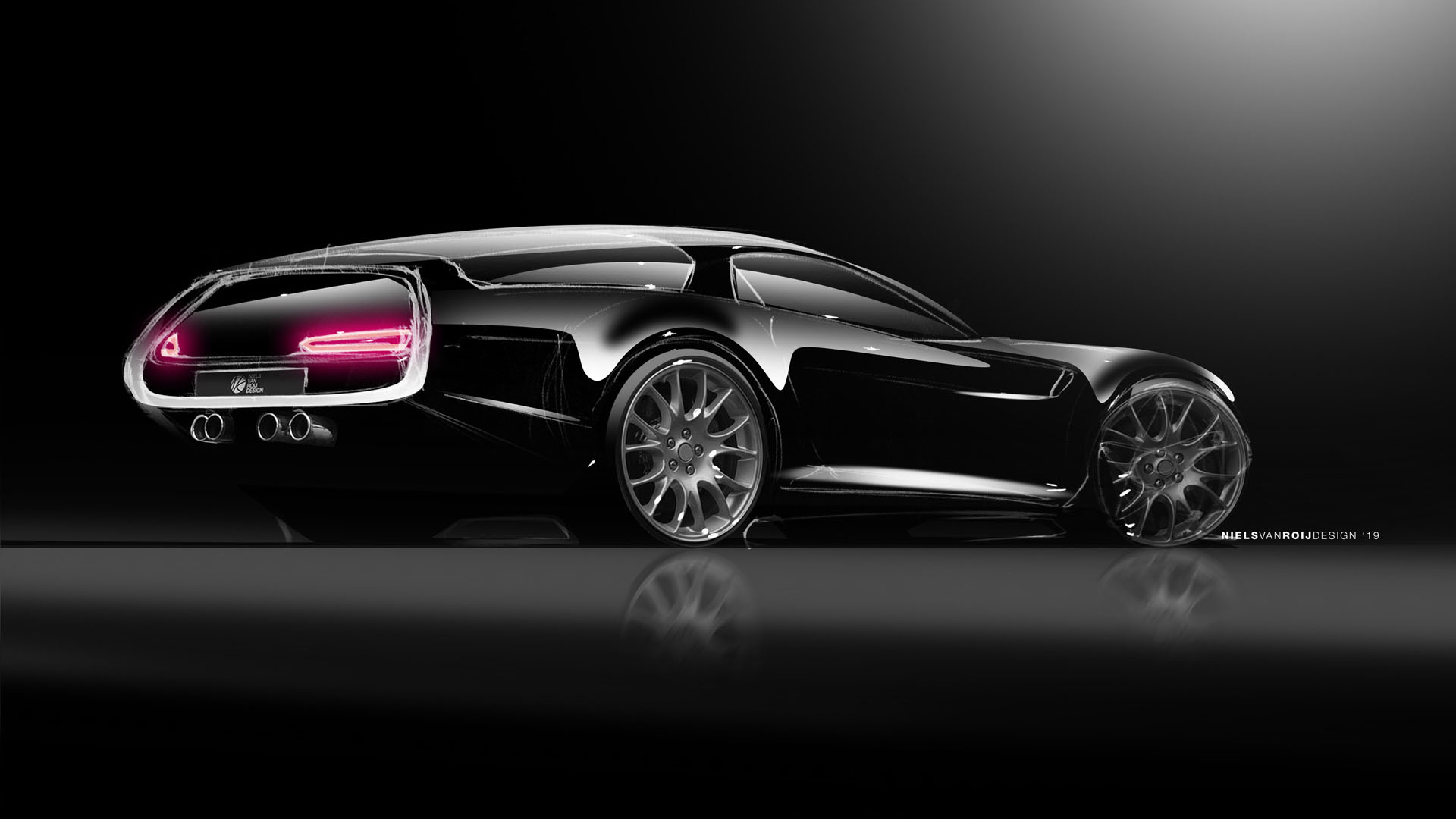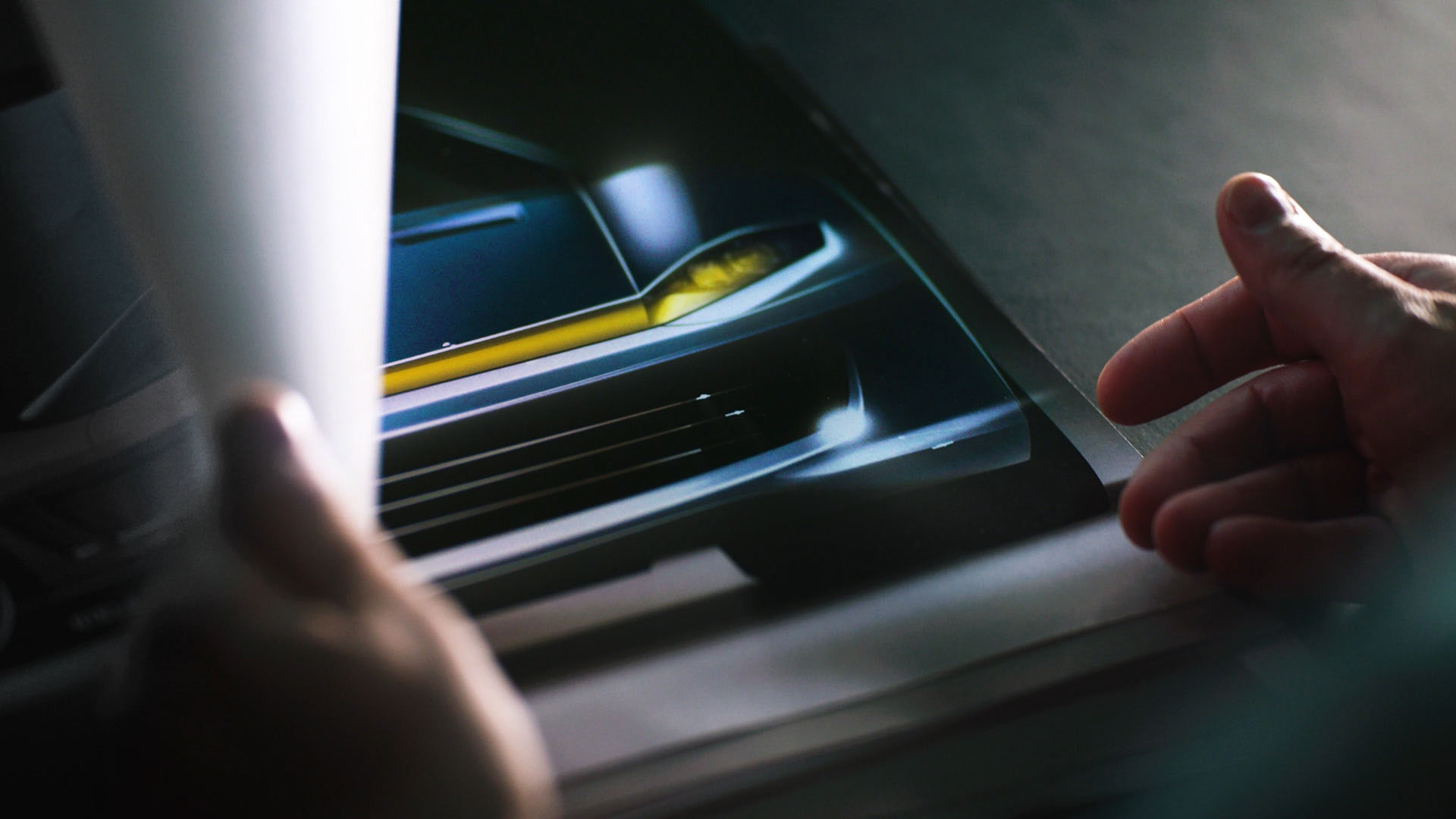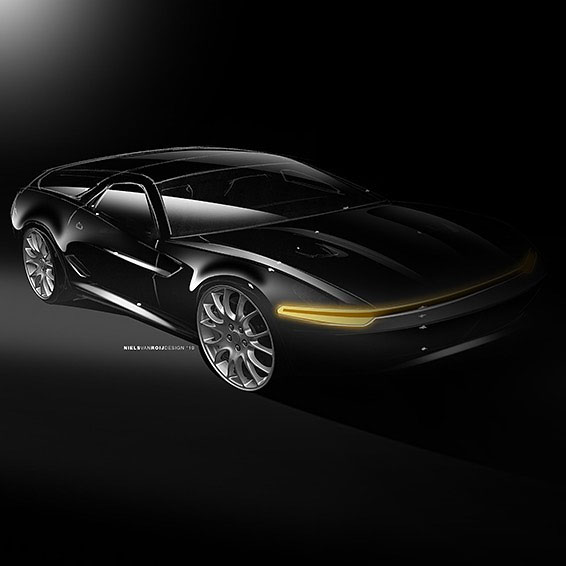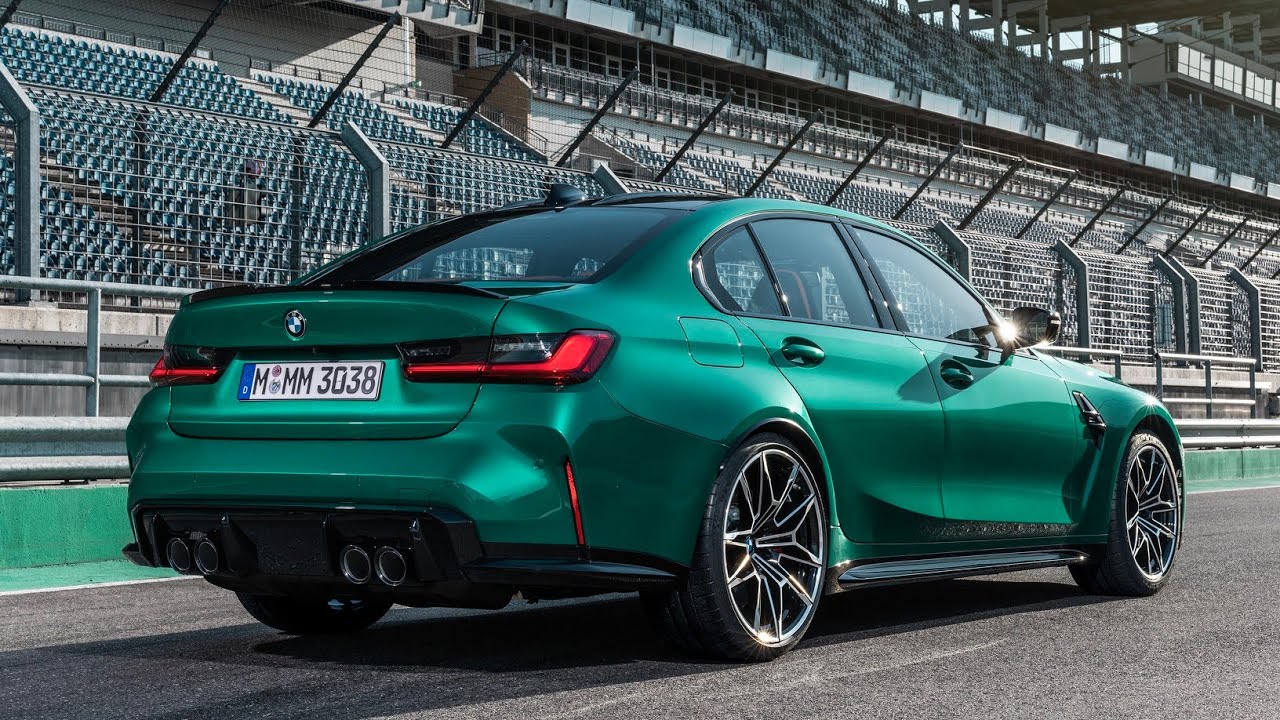The Pagani Huayra R
The new track-focused Hypercar from Pagani combines the highest level of automotive engineering and aerodynamic know-how with unprecedented aesthetic sensitivity in an exercise of style that represents the full expression of Pagani Automobili’s technological development. The Huayra R is a celebration of passion – an extreme, untamed car, developed free from rules except for safety, with the sole aim of offering uncompromising performance. But first and foremost, it was designed to excite.
“Le Mans cars had extremely attractive lines, which are still a huge source of inspiration for our cars today. The Porsche 917 is my favourite, with its romantic yet bold shape, which gives the impression of a very fast car. It is beautiful, elegant, and timeless. From this desire for freedom, and from the experience of the Zonda R and the cars of the past, came the idea of the Huayra R, like a breath of fresh air.” Horacio Pagani
Towards the end of the 2000s, an exciting new project landed on the Atelier’s doorstep and triggered an unprecedented journey of research to create the first Pagani track car, a car that Horacio Pagani thought should incorporate the best racing technology of the time, combined with the beauty and attention to detail typical of all of the brand’s creations. The Zonda R, created with cutting-edge materials derived from the aerospace industry and from F1, was presented at the Geneva Motor Show in 2009 where, under its refined, but bare natural carbon fiber surface, it embodied the pinnacle of Pagani Automobili technological development, combined with unprecedented attention to aesthetics for a track car.
“In 2008 we were working on the Huayra, a very challenging and demanding project from an engineering and stylistic point of view. After so many years, I felt an overwhelming desire for freedom and that’s how the Zonda R came about, a track car, free from constraints and regulations. Beautiful, high-performing, and safe. The Huayra R, just like the Zonda R, is the freest, most extreme, and performance-oriented Pagani car of all time.” Horacio Pagani
The Pagani V12-R – the beating heart of the Huayra R – is a 12-cylinder, 6-litre, naturally aspirated racing engine, designed from the ground up in partnership with HWA AG specifically to meet the Atelier’s need to equip its new creation with the lightest, most powerful and efficient track-ready V12 ever created. This need emerged to address the strong desire of Pagani’s customers, who dreamed of an incredibly powerful high-performance, naturally aspirated V12 engine for their new projects.
The Huayra R was created to offer the ultimate experience for anyone who wants to enjoy peak performance on the track up to the red line of 9000 rpm. For the engineers at HWA AG and Pagani, this objective meant not only focusing on increased power as a key element of research but also prioritizing lightness. This challenge was embraced by Affalterbach engineers without hesitation and after more than two years of design and development, the powerful Pagani V12-R tipped the scales at a total weight of 198 kg (436 lbs), placing it at the top of its category.
The cutting-edge components specifically created for the Huayra R include the brand new six-speed sequential gearbox which has been designed, along with the Huayra R’s engine, in collaboration with HWA AG to complete a tailor-made powertrain, this unit offers extremely reduced shift times and a total weight of just 80 kg (176 lb).
The new exhaust is made from Inconel 625/718 alloy, with tubes one-third the thickness of those normally used in road car equipment, and coated in ceramic to protect the engine bay and ensure better heat dissipation directly to the outside, the entire system boasts an extremely lightweight construction, developed not only to guarantee maximum aerodynamic performance but also to give the Huayra R’s occupants an unprecedented acoustic experience. The Huayra R still comes with mufflers that can be fitted as required, ensuring that noise emissions are reduced to within the FIA limit of 110 decibels for noise restricted tracks.
HWA’s vast experience in fine-tuning and production of racing cars and components, together with Pagani Automobili’s 30 years of know-how in the development of advanced composite materials, made it possible to apply structural principles and innovative engineering solutions from the world of motorsport to the Huayra R chassis to produce a safe structure suitable for track use.
Completely made from Carbo-Titanium HP62-G2 and Carbo-Triax HP62, the new monocoque incorporates the seats fully, guaranteeing maximum protection together with specific shock-absorption side structures and the roll-bar while maintaining easy access to the cockpit. The combination of new structural principles and materials specially developed for the Huayra R design, together with the resulting enhancement of the mechanical properties of the structure, means that the new car tips the scales at a dry weight of 1,050 kg.
Careful design and meticulous research conducted on the materials, bodywork, and roll bar structure were central to the development of the Huayra R in order to give customers not only the most thrilling track driving experience but above all, to provide a safe car that meets the most stringent FIA requirements for GT vehicles. Inside the passenger compartment, the extinguishing system is activated automatically in the event of a fire, while the seats, which are fully integrated into the carbon monocoque, are equipped with six-point safety belts and covered in Nomex flame-retardant material.
Every line and surface of the Huayra R is, in fact, designed to generate maximum aerodynamic load, with an initial development target of 1000 kg of downforce at 320 km/h (2204 lb at 199 mph) and the ground clearance that allows maximum aerodynamic performance to be achieved, guaranteeing safe and predictable behavior under all conditions. An ambitious goal, but one that was quickly achieved with excellent results right from the first aerodynamic tests, during which the car showed great stability and balance in line with the set target of 46%-54% downforce distribution throughout the entire speed envelope while maintaining reduced sensitivity to ground clearance.
Contributing to the reliable performance of the car, there are two new side air intakes at the front to ensure maximum cooling efficiency for the front wheel braking system, as well as channeling the outgoing airflow towards the side of the car, minimizing turbulence and helping to generate maximum downforce. The new roof scoop, with its integrated center fin, guarantees maximum intake efficiency for the Pagani V12-R. The flat bottom, in combination with the rear diffuser and the distinctive wing, help to generate maximum downforce.
With suspension made of forged aluminum alloy, independent double-wishbone with helical springs, and electronically controlled active shock absorbers, the entire configuration of the new system with rigid mounting points, not only allows all the power and the extraordinary torque of the Pagani V12-R to be transferred to the ground but also offers unprecedented driving precision. In fact, the Huayra R’s advanced and refined elasto-kinematics allow for greater camber recovery and optimized dynamic bump steer correction to guarantee ideal grip for the slick tires in every situation and allow the driver to attack the ups and downs of Eau Rouge without losing a single millisecond.
The Huayra R boasts world-class braking power thanks to the brand new Brembo CCM-R self-ventilated carbon-ceramic discs coupled with racing pads. Specially developed to allow the new car to exploit the best available technology, the new CCM-Rs have significant advantages in terms of thermal conductivity and maximum braking power, typical of carbon used in competitions.
The long process of research and development carried out in partnership between Pirelli and Pagani Automobili resulted in a slick version of the P Zero tires that offer maximum precision and a feeling of total control even to the non-professional driver, ensuring exceptional braking behavior and optimal traction.
To perfectly match the driver’s ergonomics, the adjustable pedal set has been custom-designed in partnership with AP Racing exclusively for the Huayra R and incorporates the principles of lightness and style that are at the essence of this car. Crafted with the quality of finish and aesthetic attention typical of all the Atelier’s creations, the Huayra R’s cockpit cannot fail to impress thanks to the meticulous design of every screw, lever, and surface, making its extraordinary concentration of speed-focused technology an ideal driving environment, tailor-made for each driver.
With Arte In Pista (“art on the track”), the Pagani Atelier seeks to take the experience to a new level, offering a calendar packed with personalized events that will allow Huayra R owners to enjoy the full excitement of driving a Pagani Hypercar, pushing it to its maximum performance, with the dedicated assistance of the Pagani Team and the support of professional drivers. From individual track days at internationally renowned circuits to group events, tailor-made for customers in North America, Europe, Asia, and the Middle East: each occasion combines moments of leisure in beautiful locations with the raw excitement of driving one’s own Pagani on the track.
TECHNICAL SPECIFICATIONS
ENGINE: Pagani V12-R – 6.0 litres – naturally aspirated 12-cylinder V
POWER: 850 HP (625 kW) at 8250 rpm
TORQUE: 750 Nm from 5500 to 8300 rpm
TRANSMISSION: Rear-wheel Drive
GEARBOX: 6-speed sequential, non-synchronized dog ring gearbox
BRAKES: Brembo CCM-R ventilated discs: Front 410×38 mm with monolithic 6-piston calipers; Rear 390×34 mm with monolithic 6-piston calipers
WHEELS: APP forged monolithic aluminum alloy: Front 19 inches; Rear 19 inches
TYRES: Pirelli P Zero slick version – Dry and Wet: Front 275/675 R19; Rear 325/705 R19
SUSPENSION: Forged aluminum alloy independent double wishbone with helical springs and electronically controlled shock absorbers
CHASSIS: Monocoque in Pagani Carbo-Titanium HP62 G2 and Carbo-Triax HP62 with front and rear tubular subframes in CrMo alloy steel
DRY WEIGHT: 1050 Kg (2314 lb)

